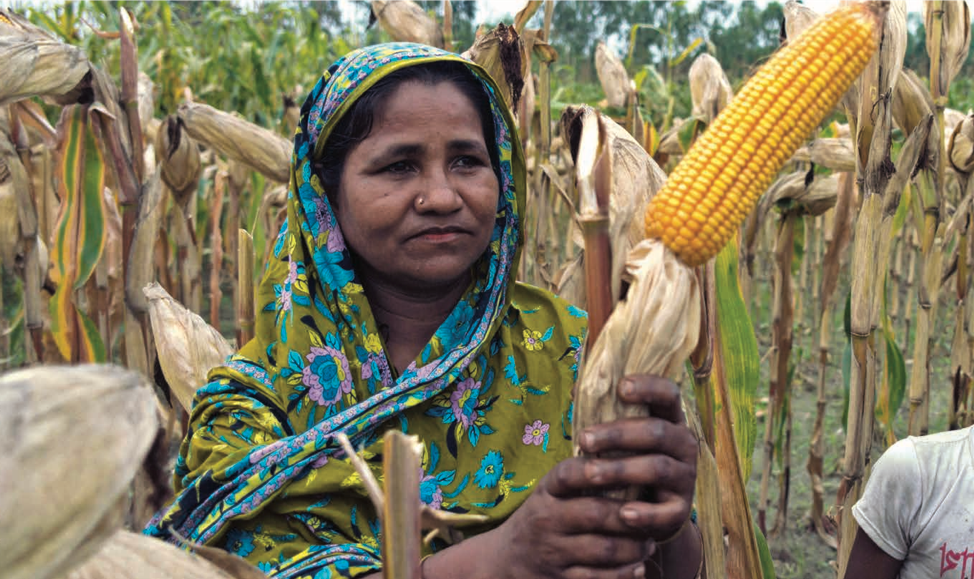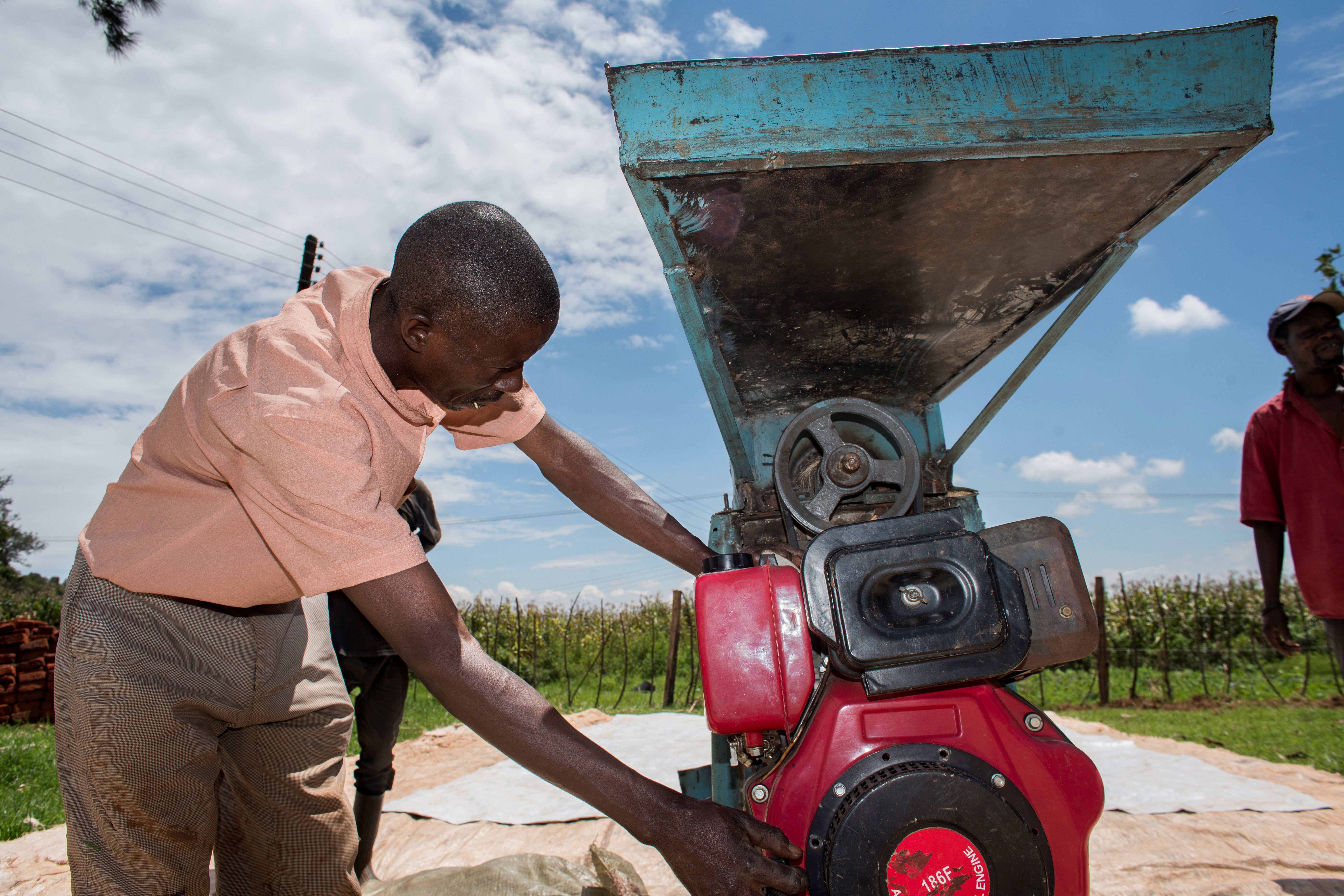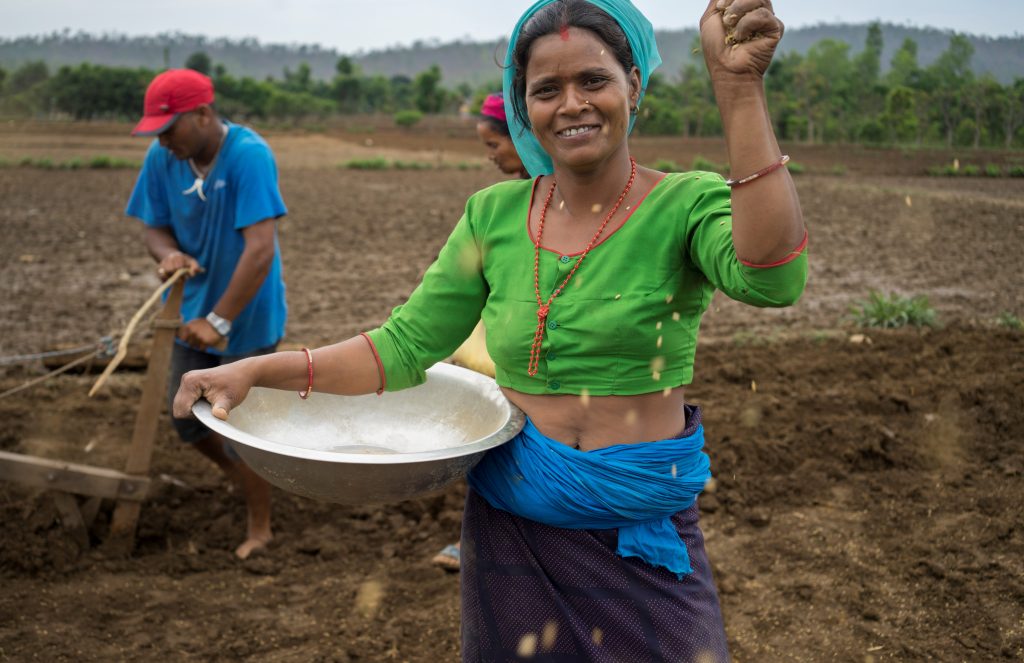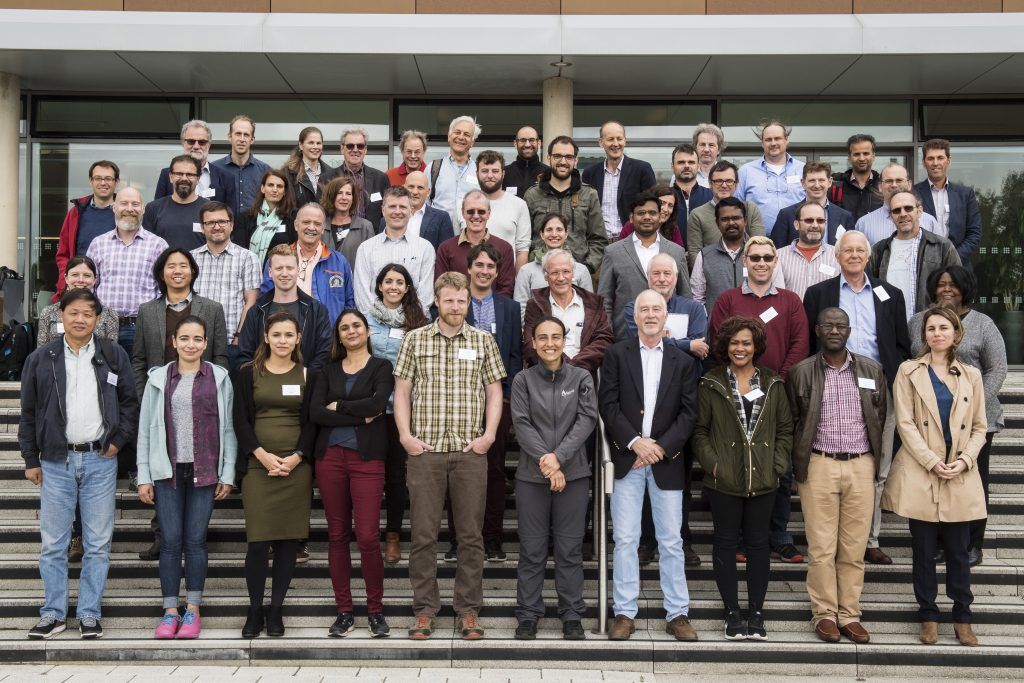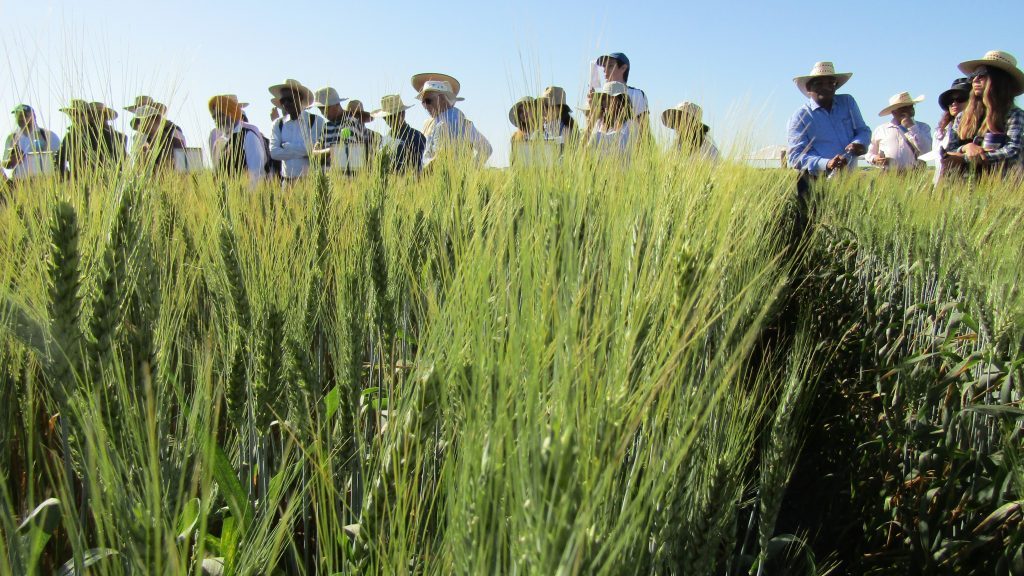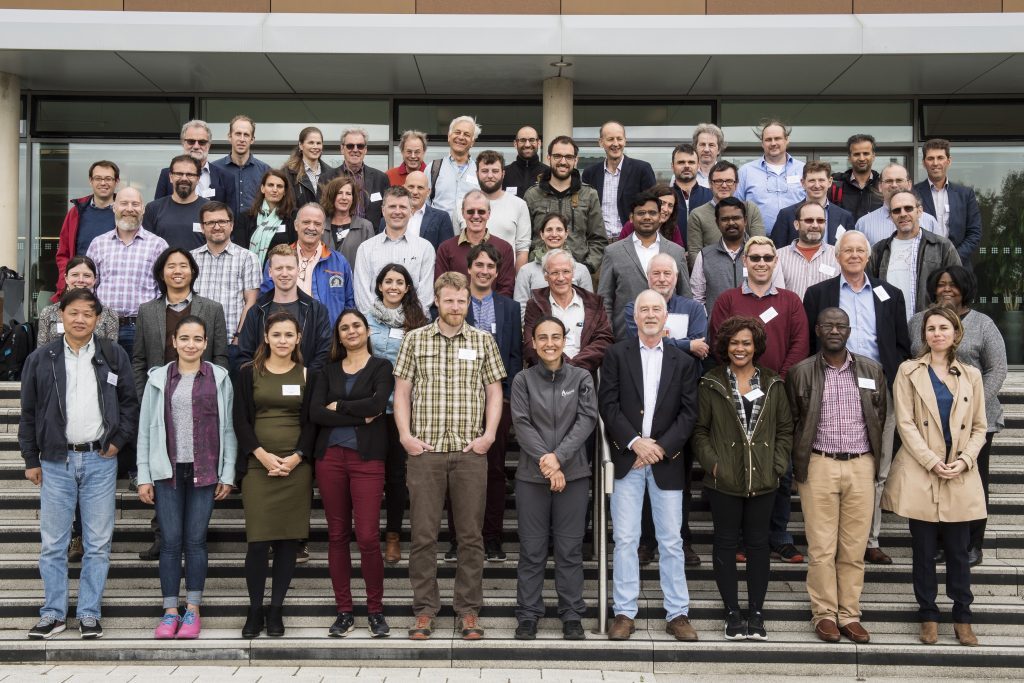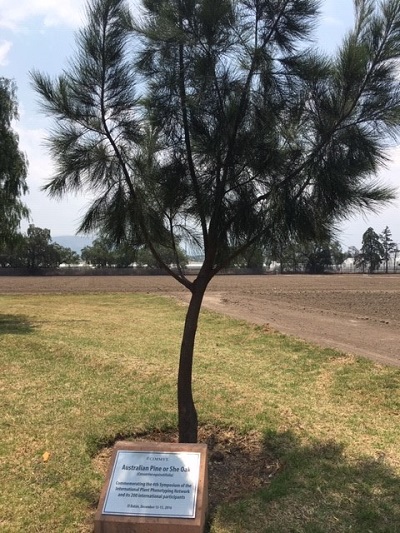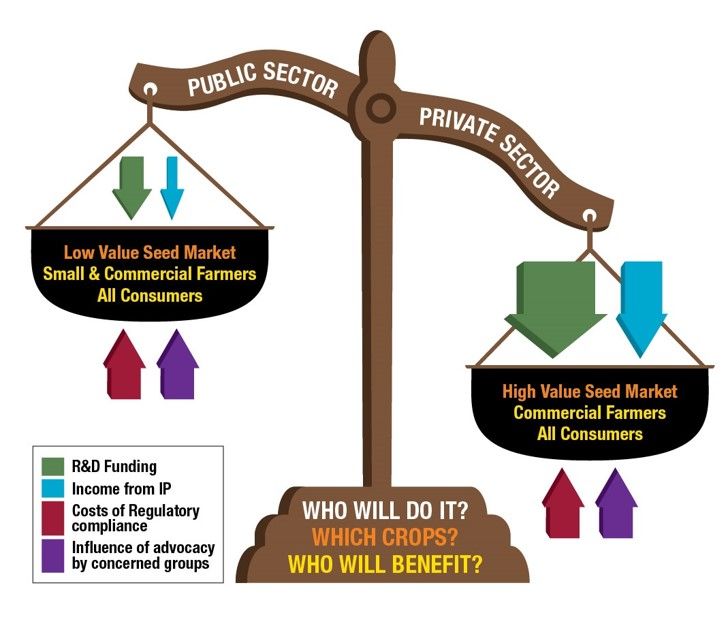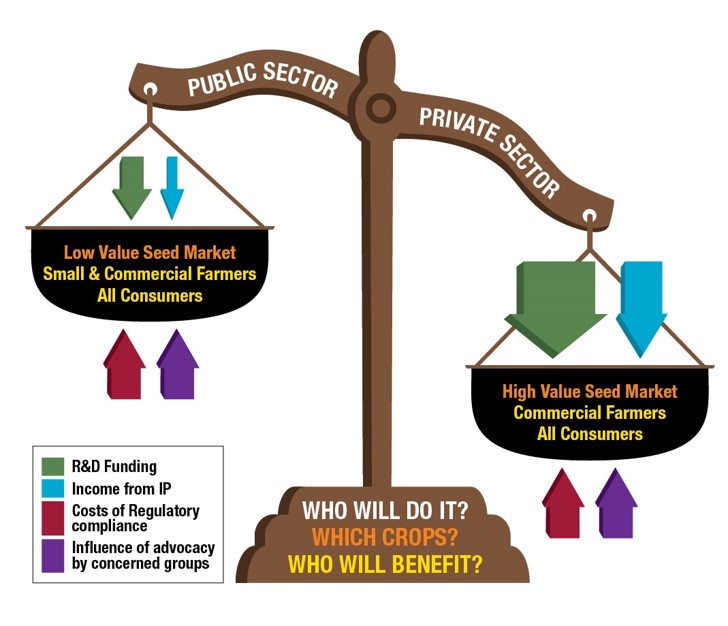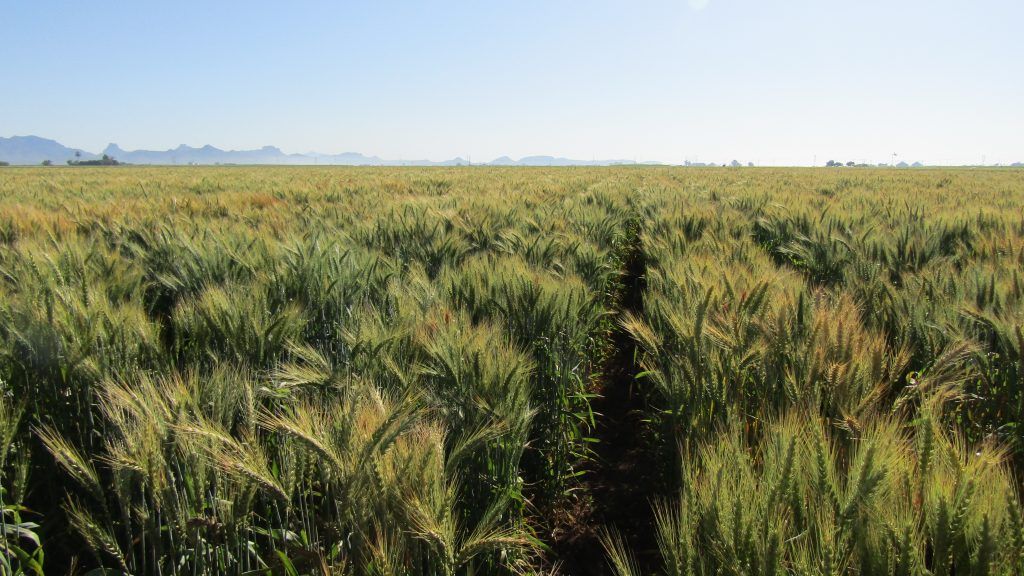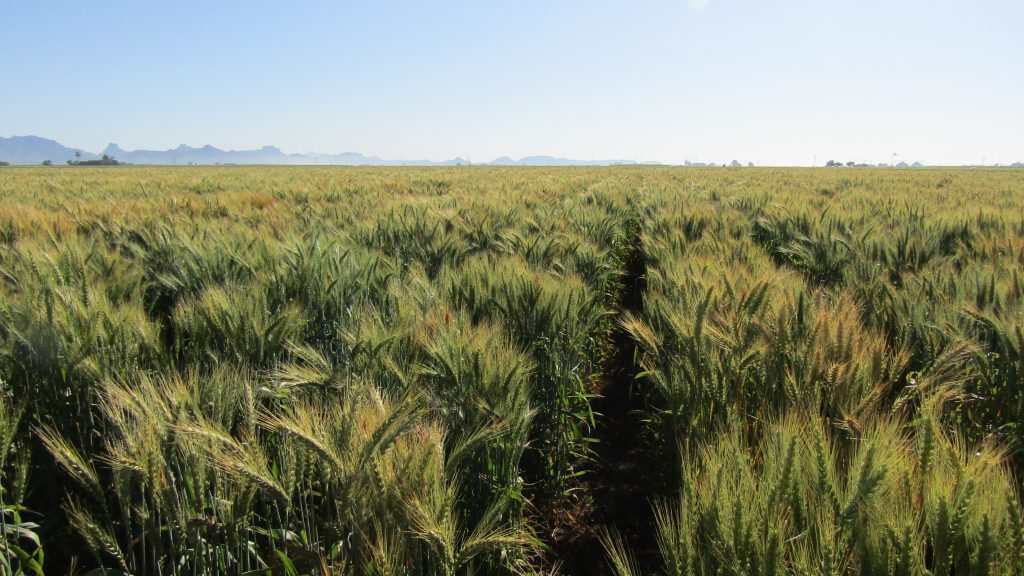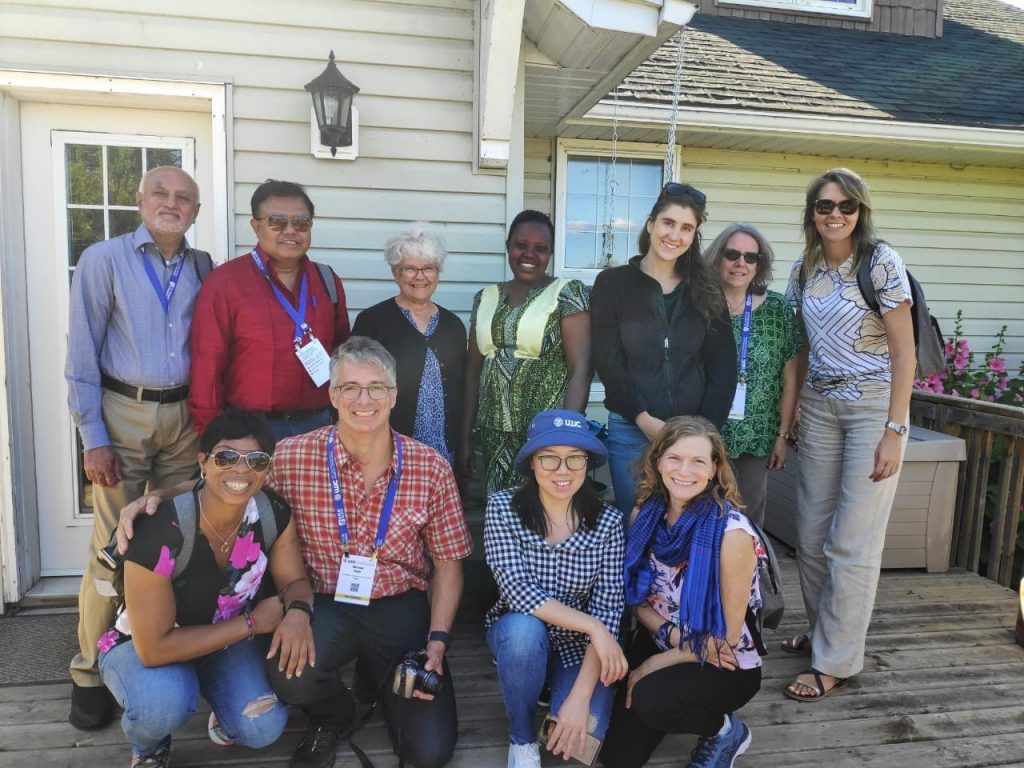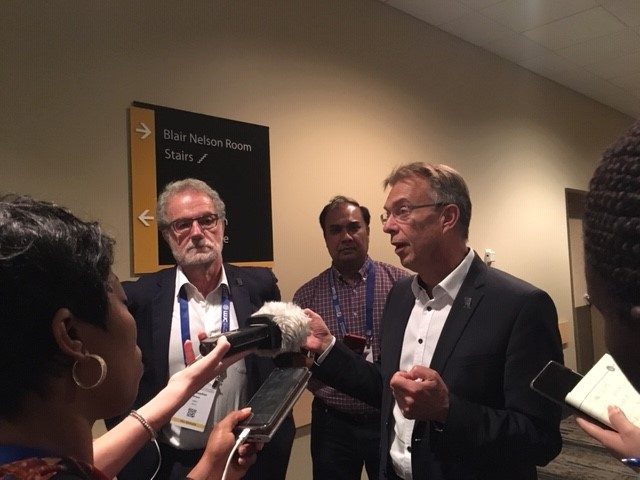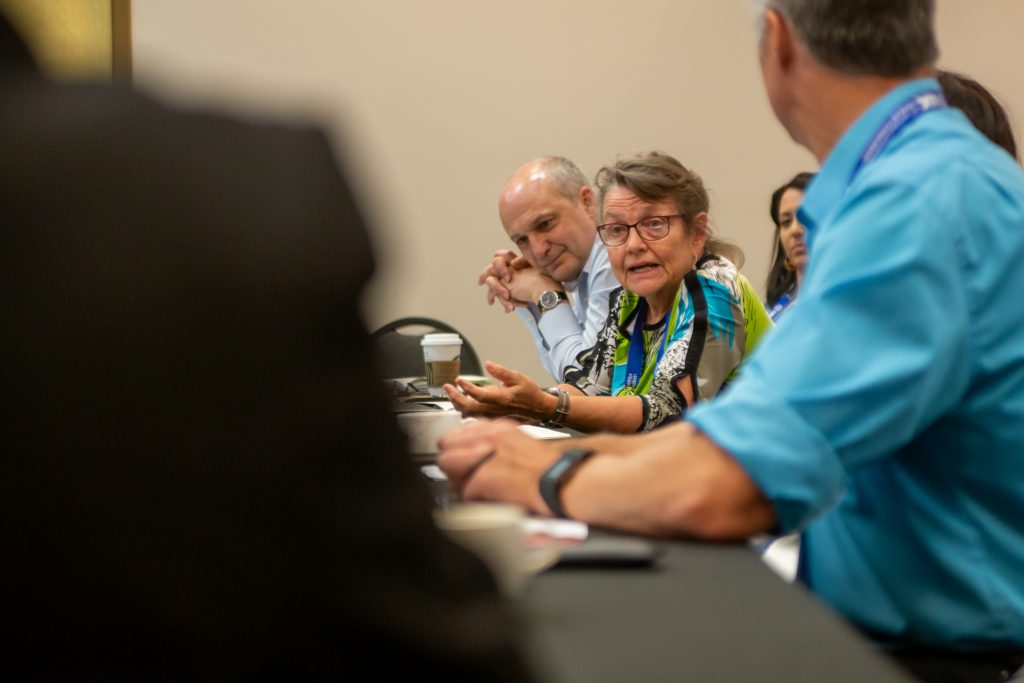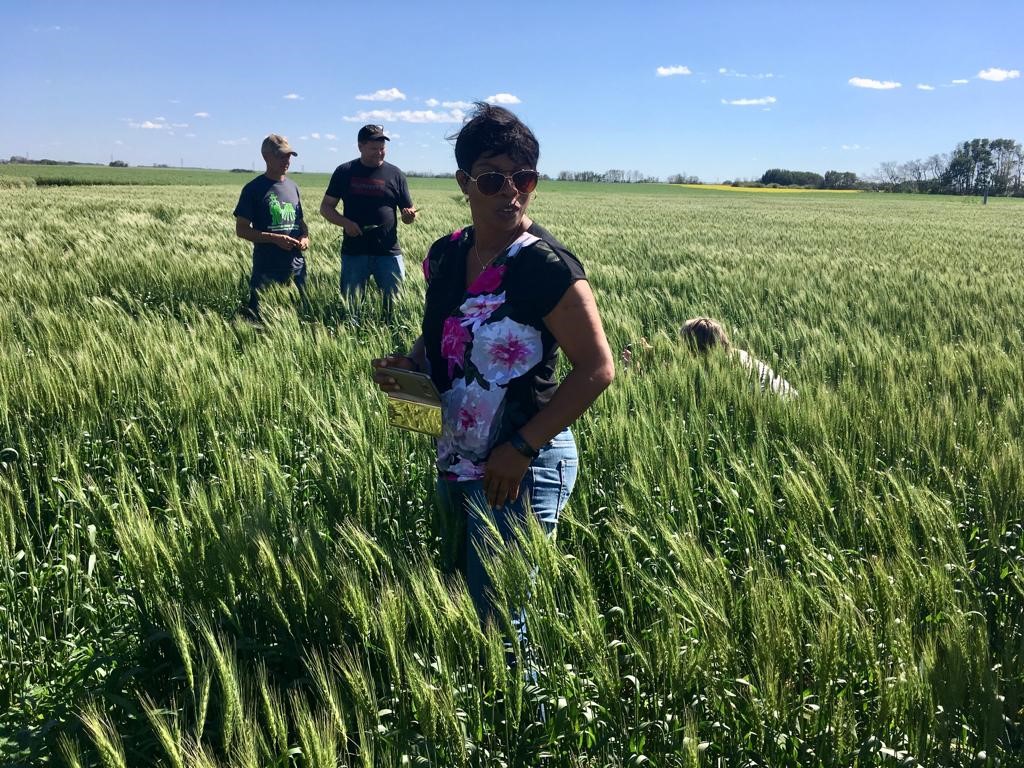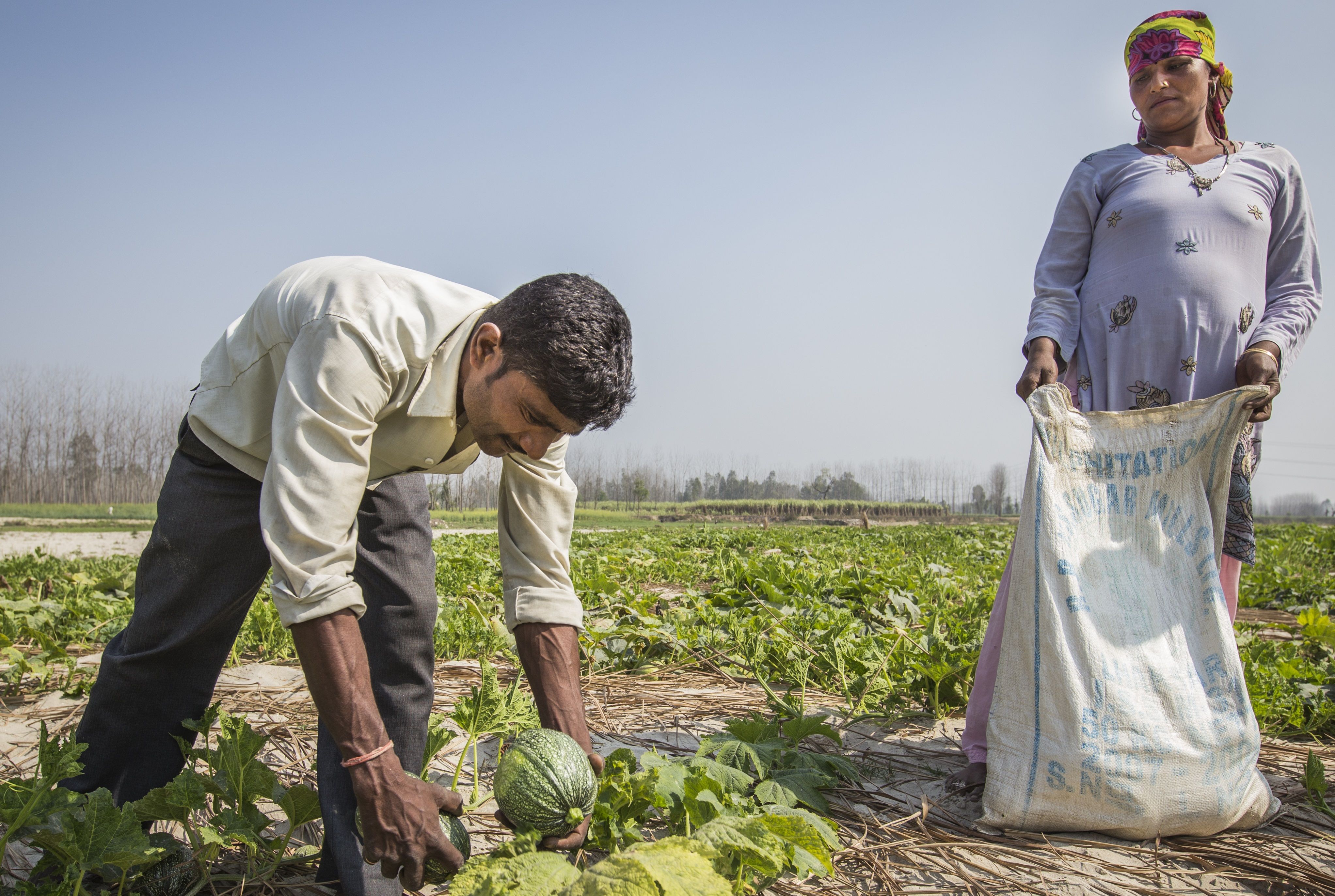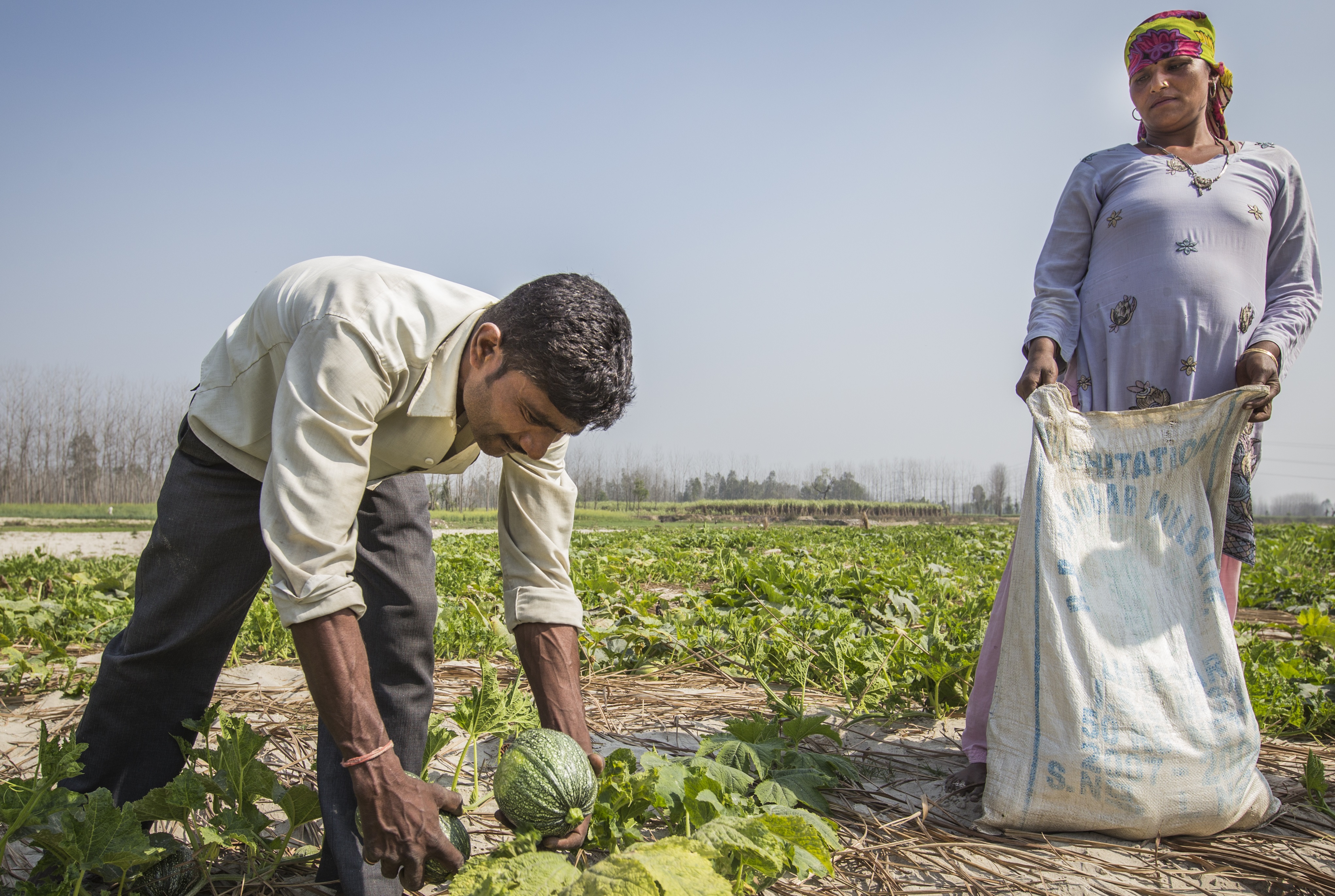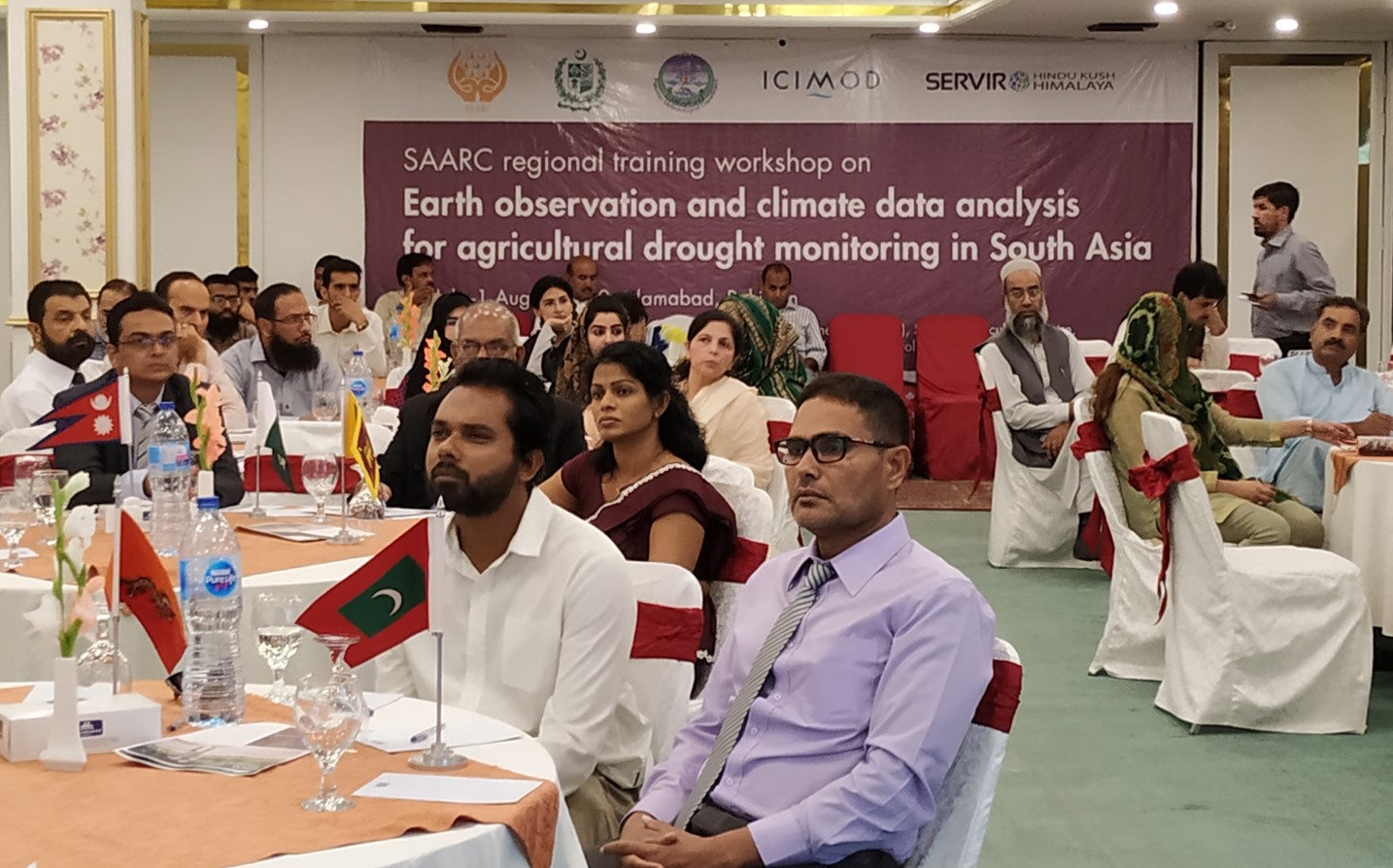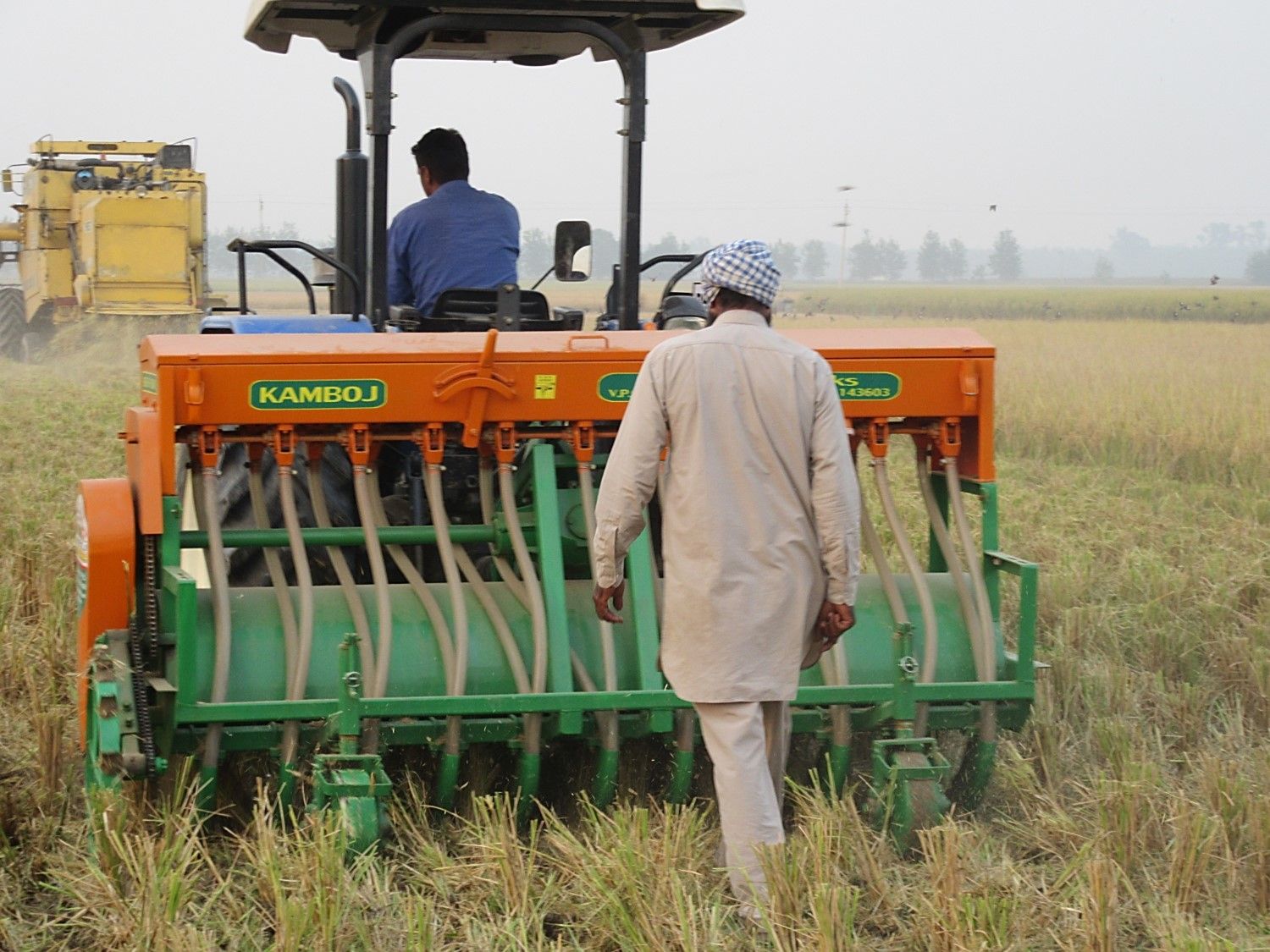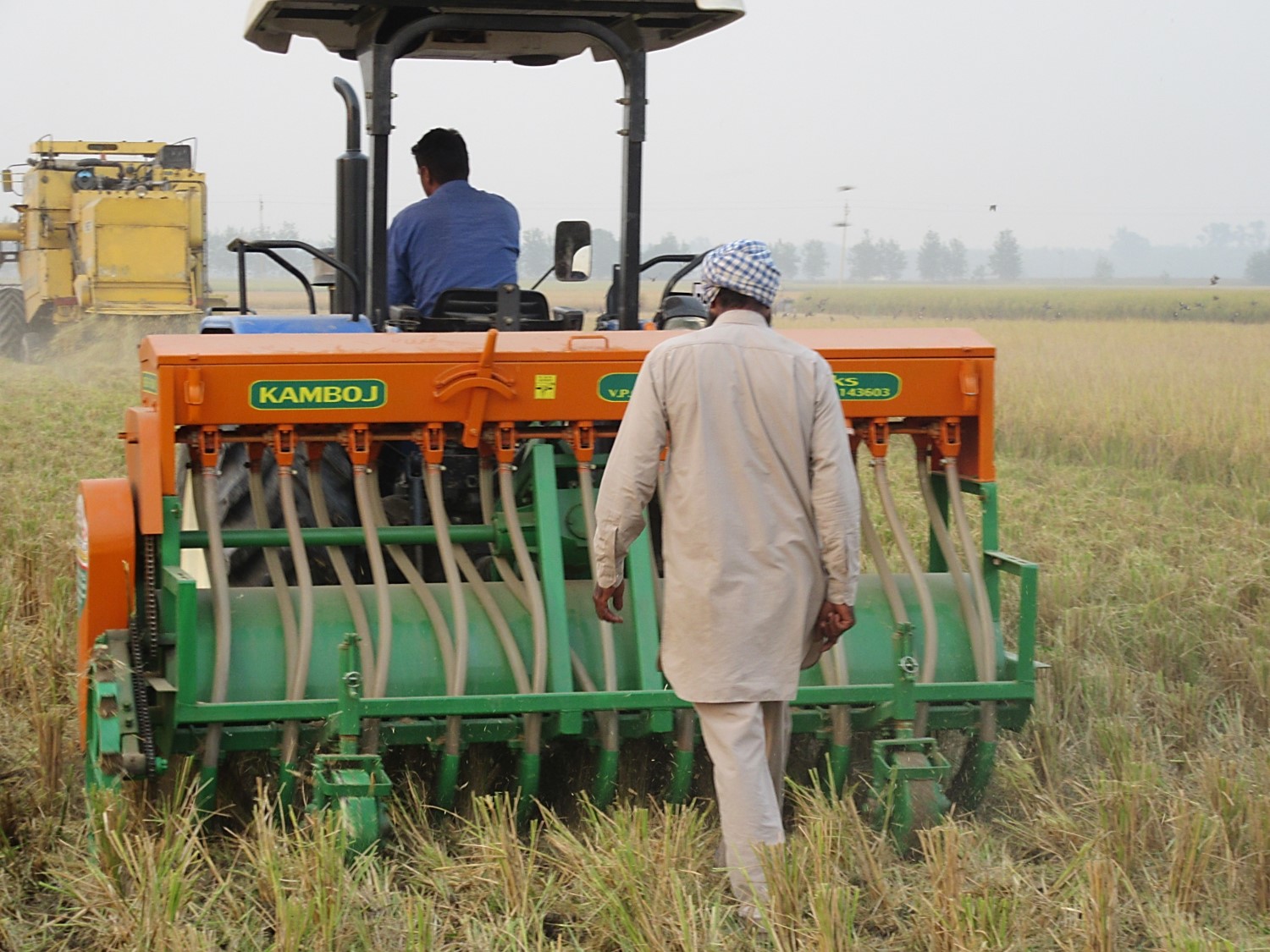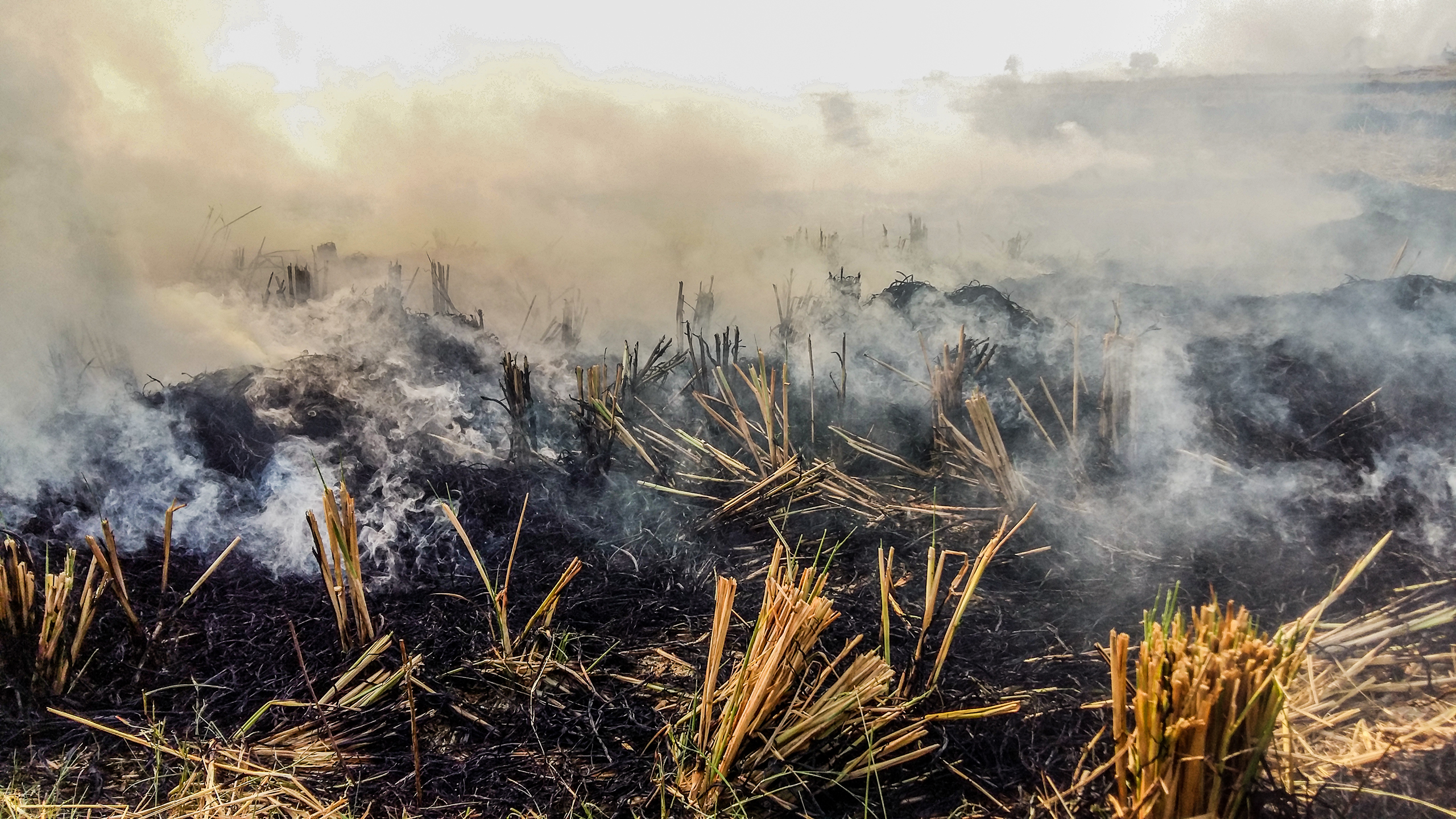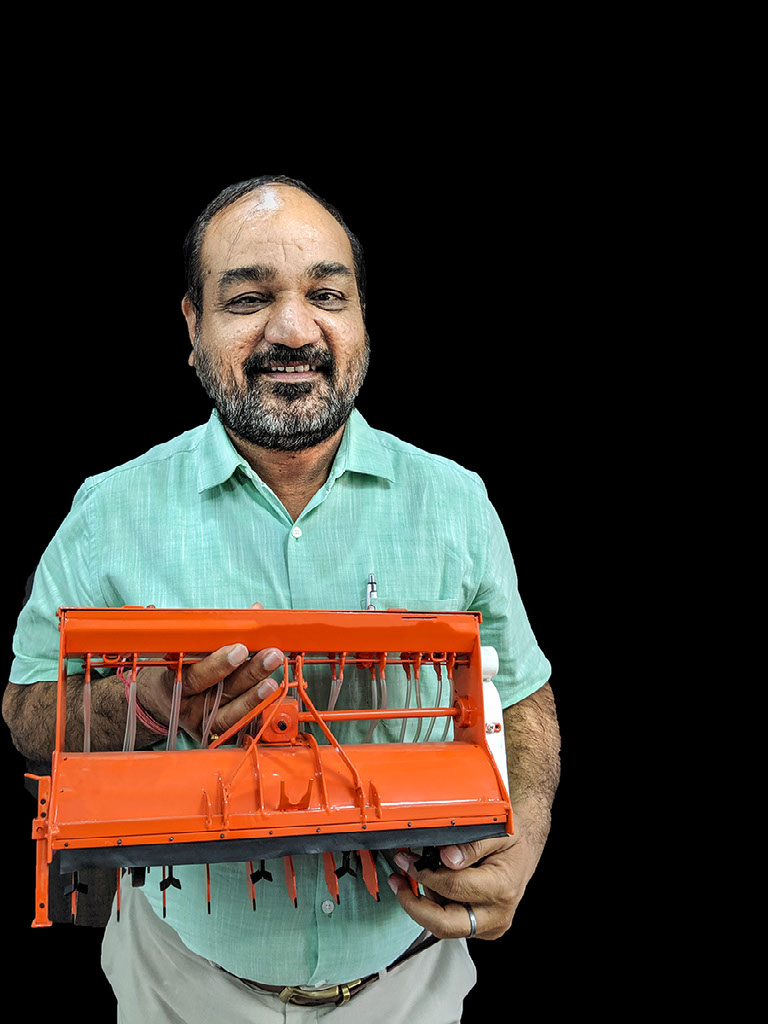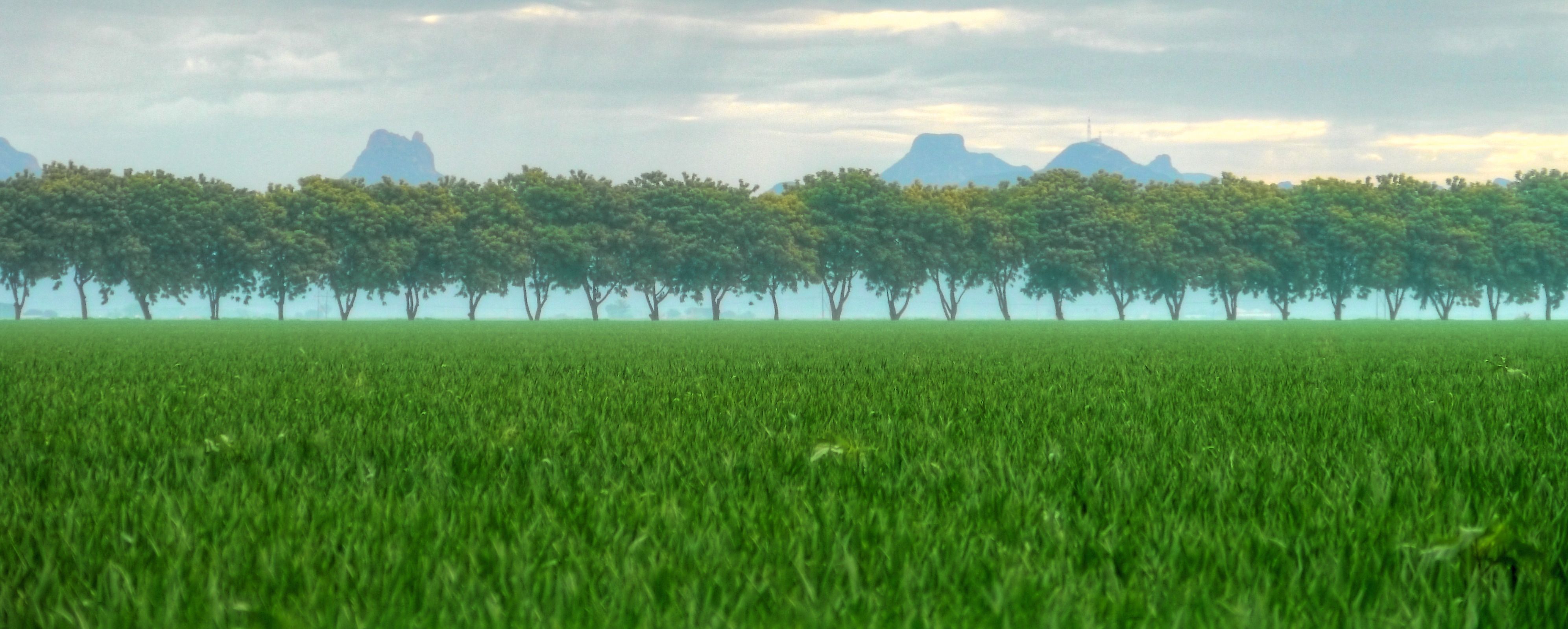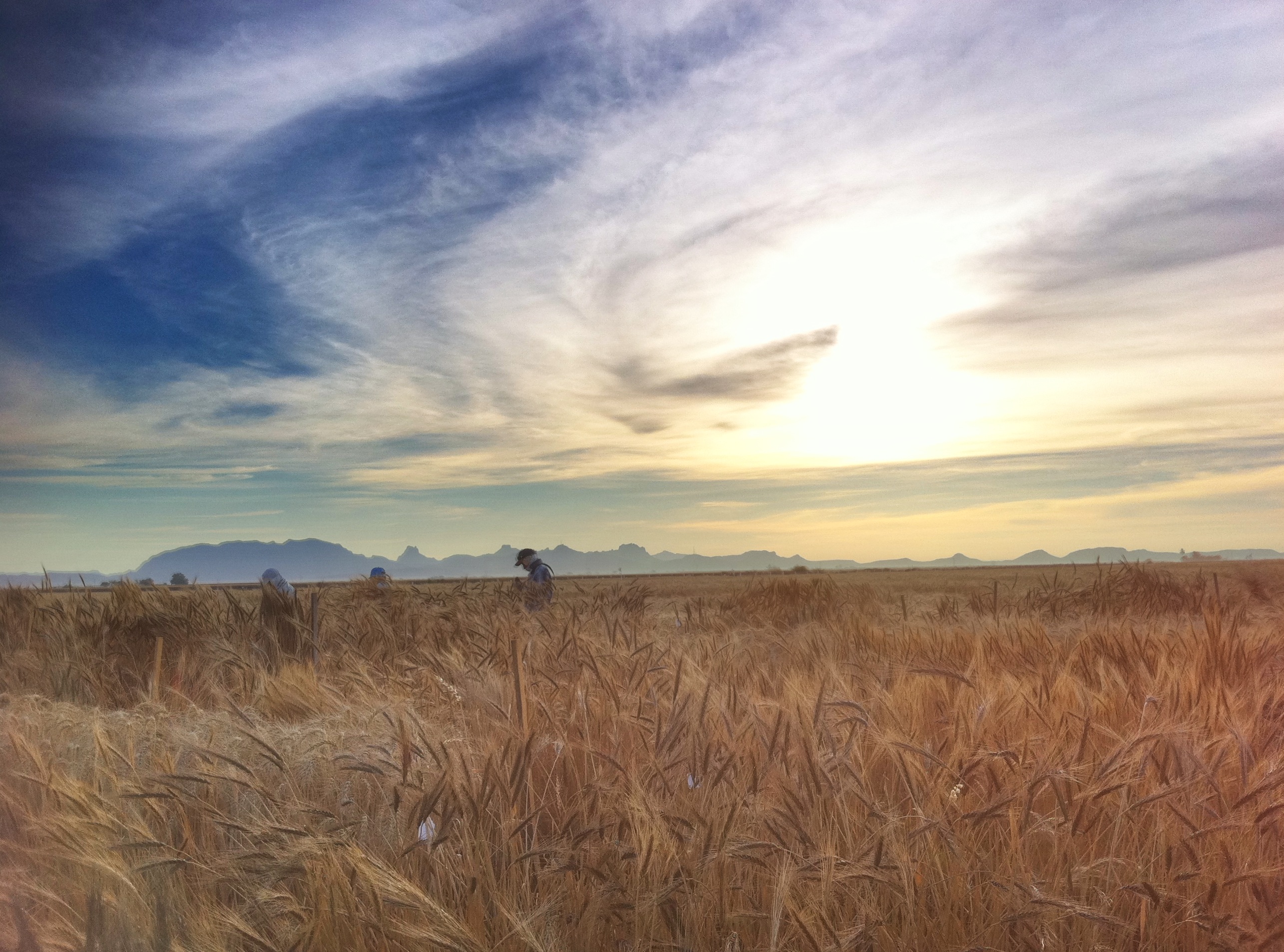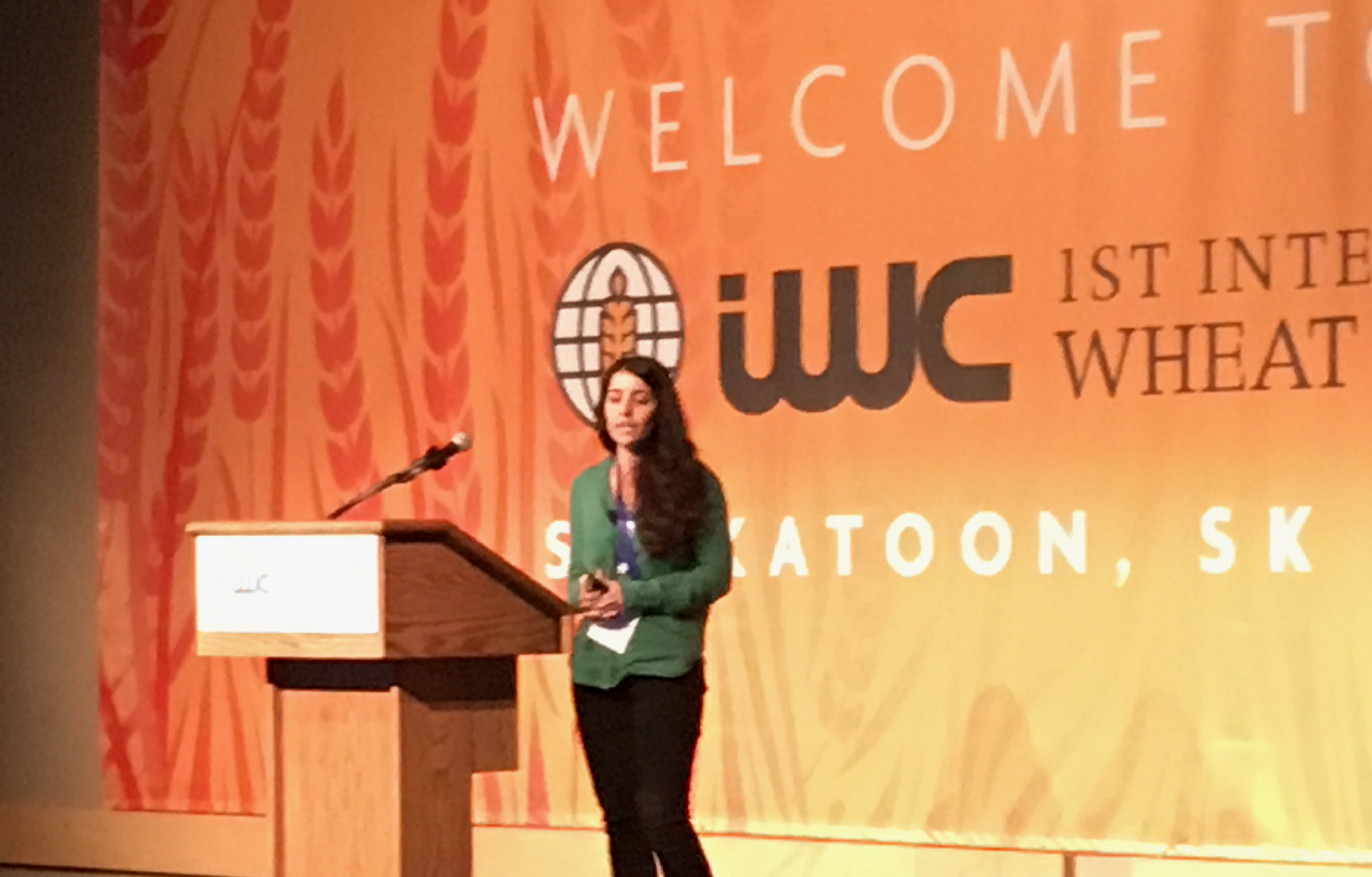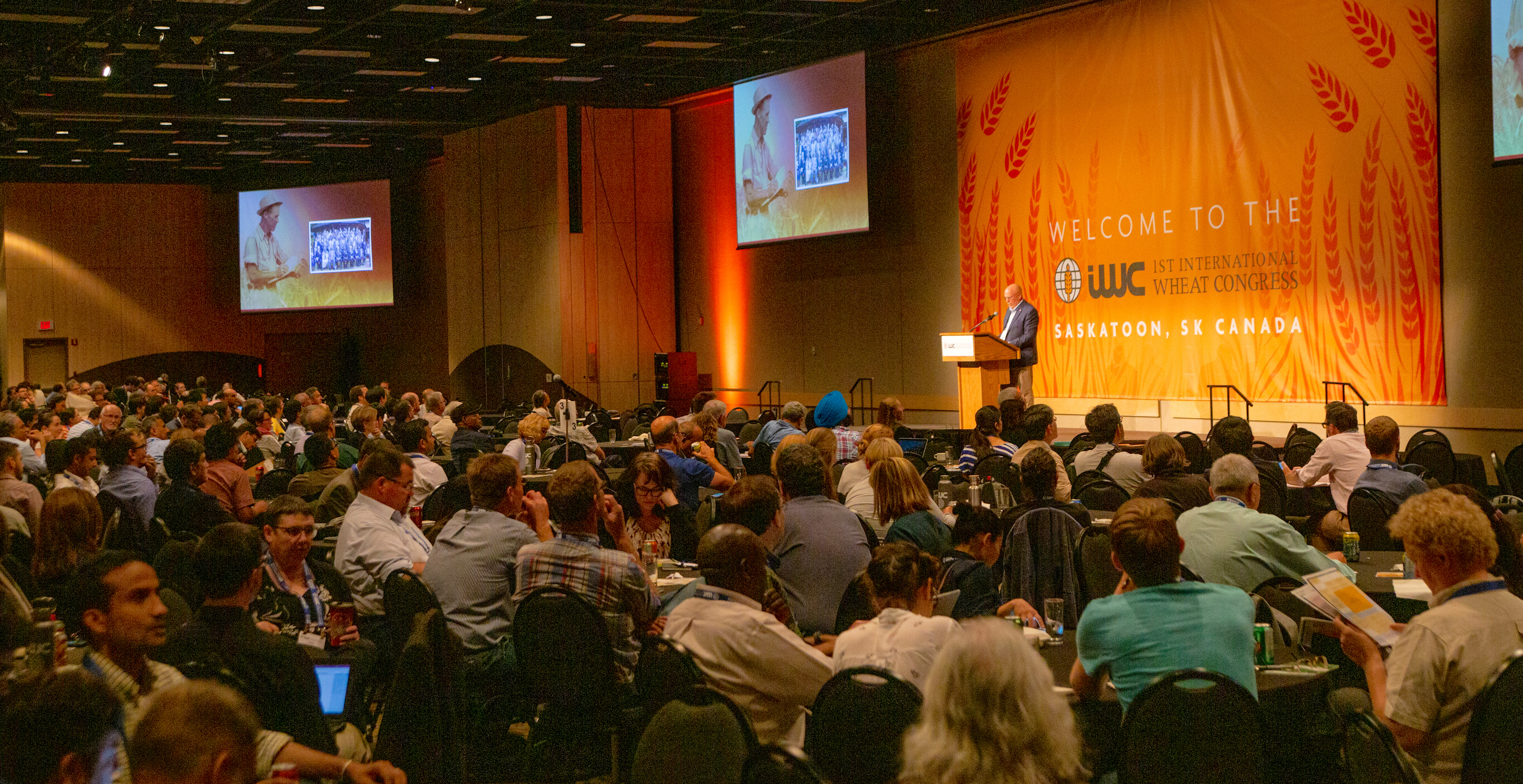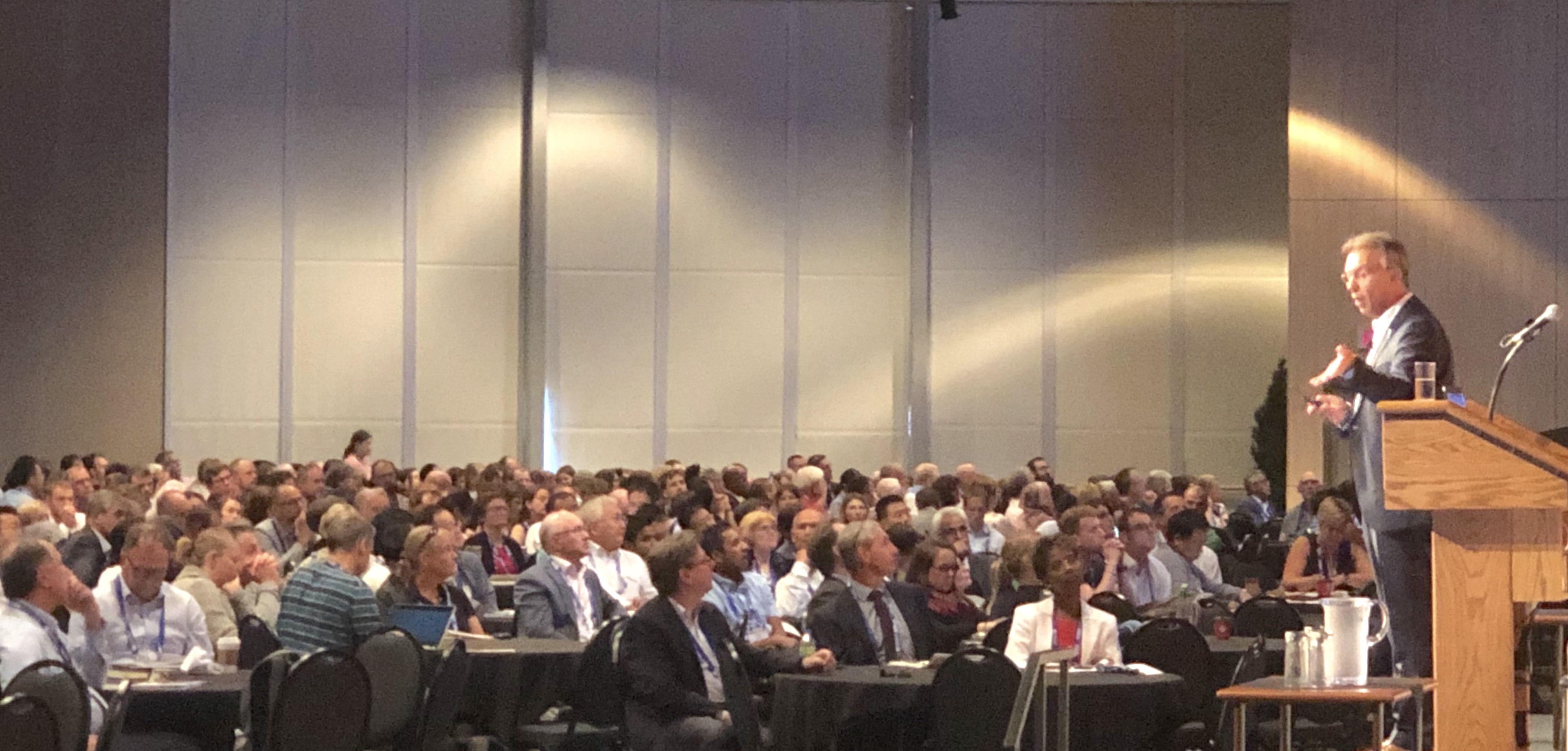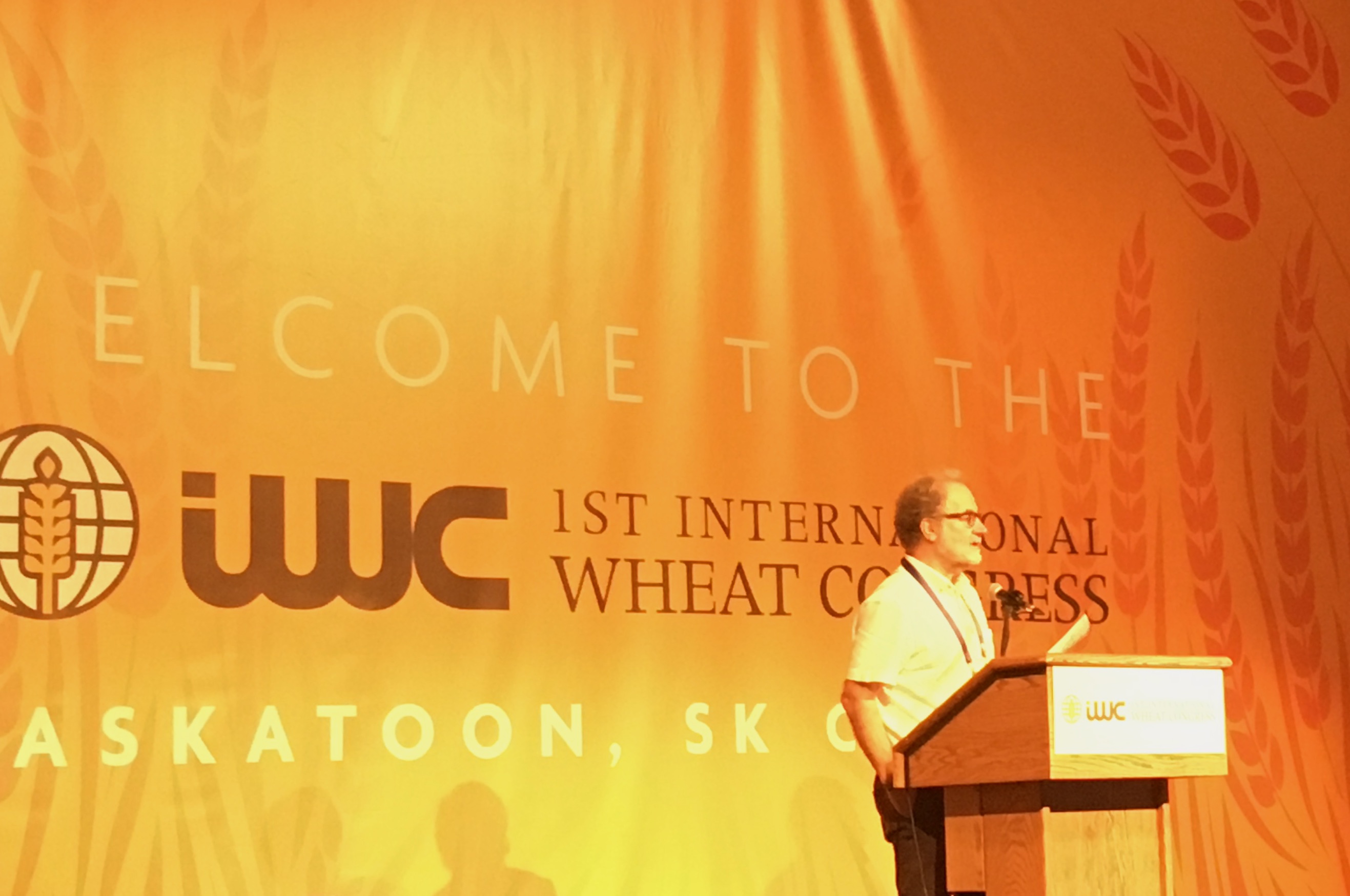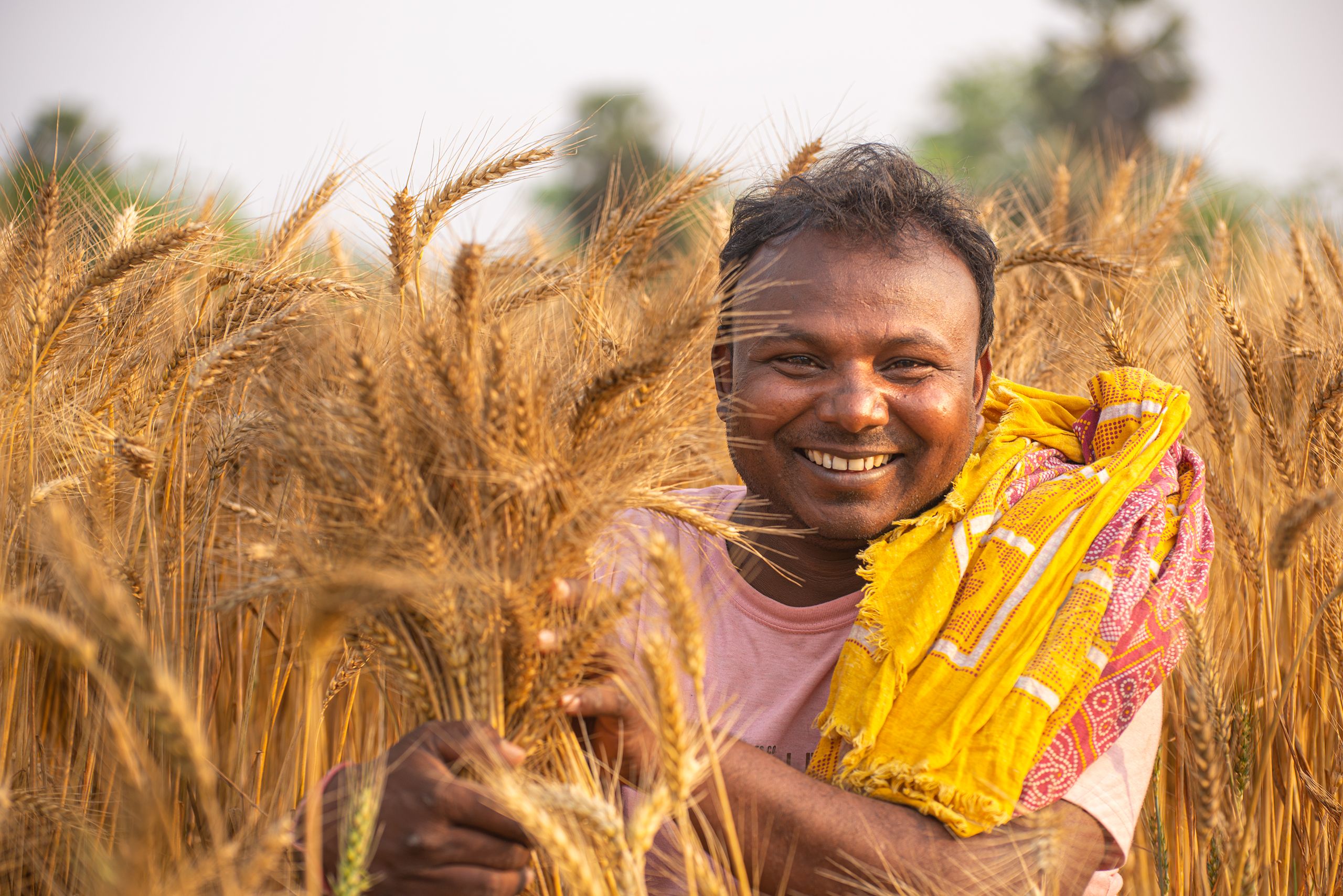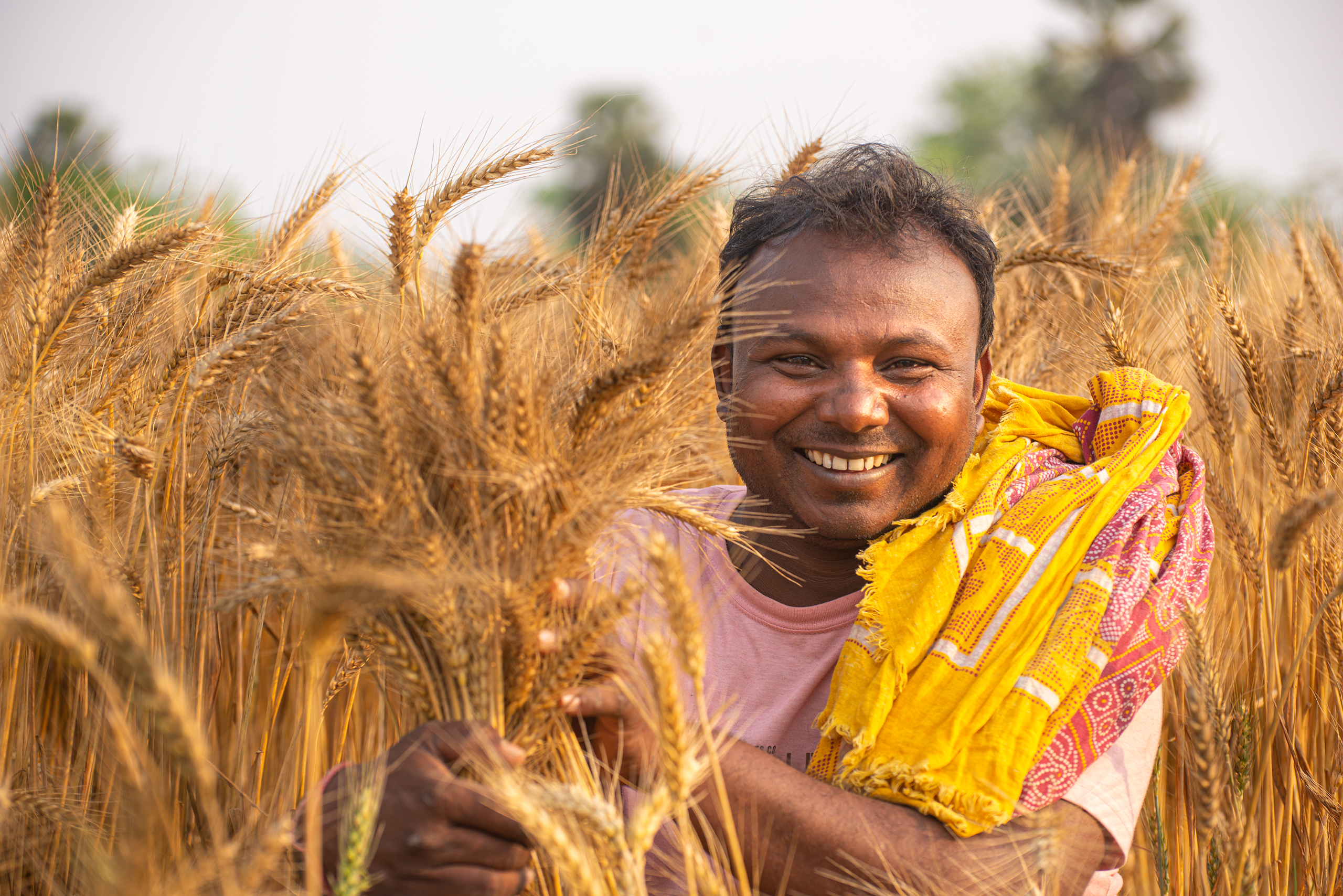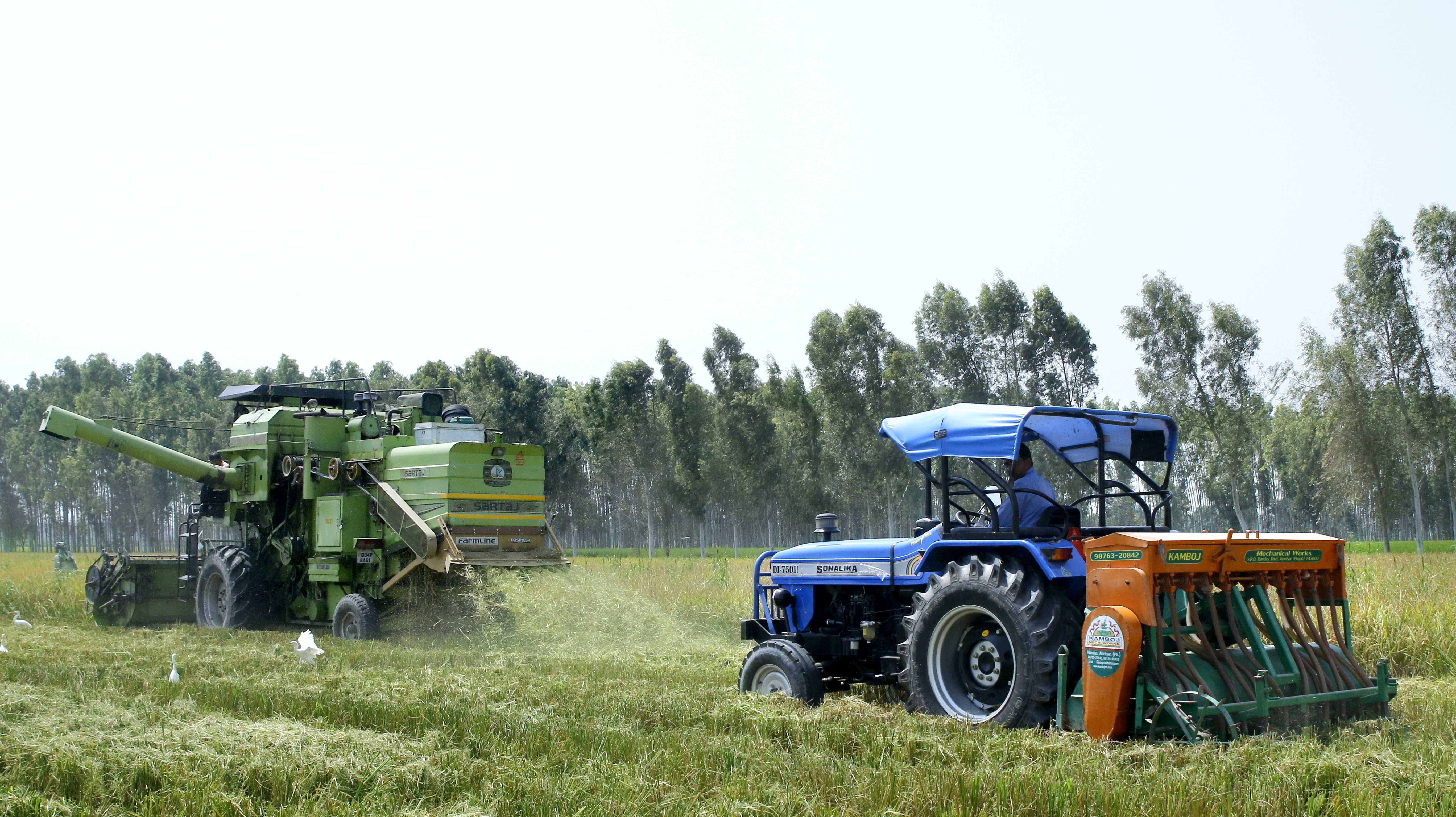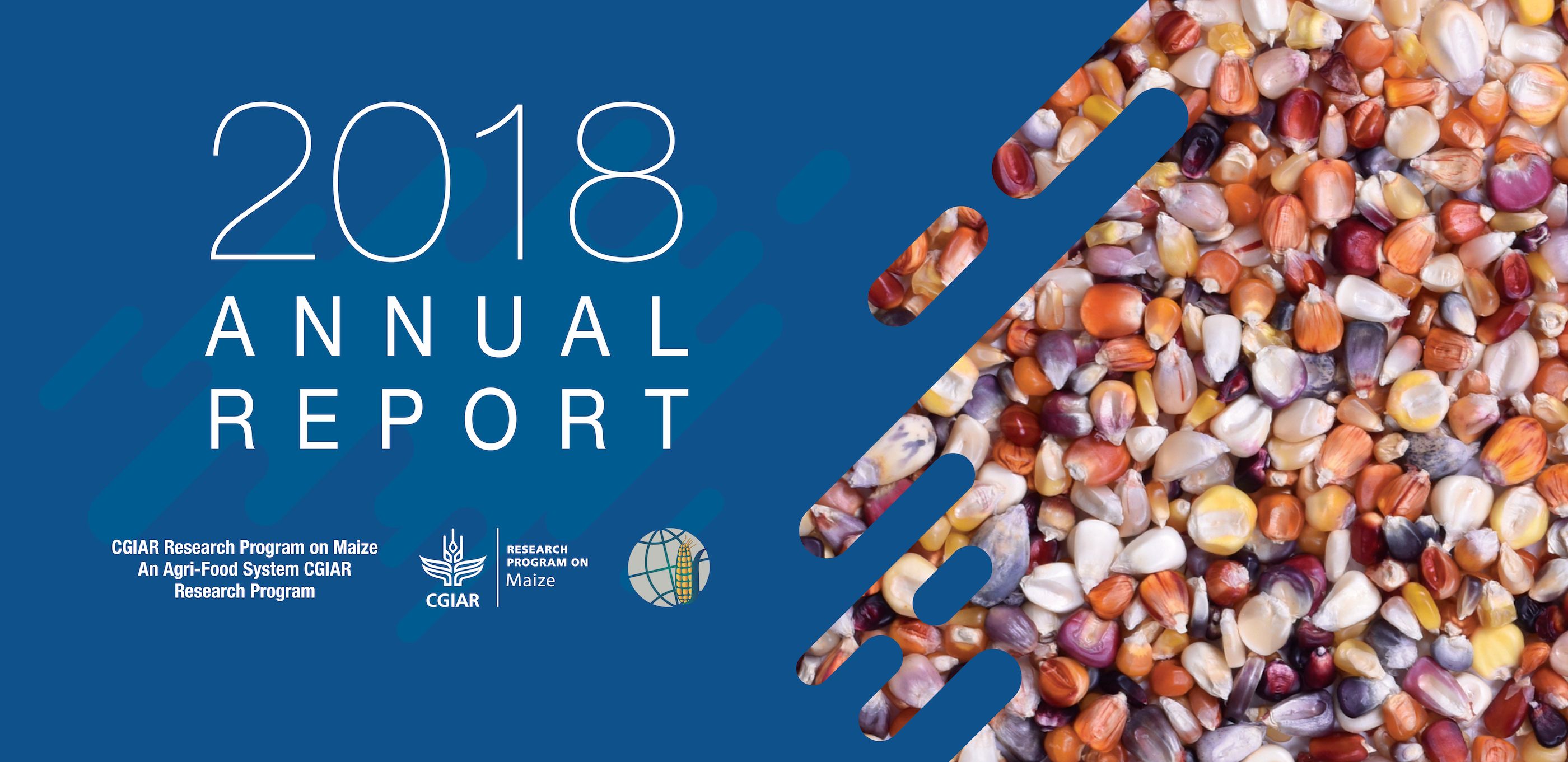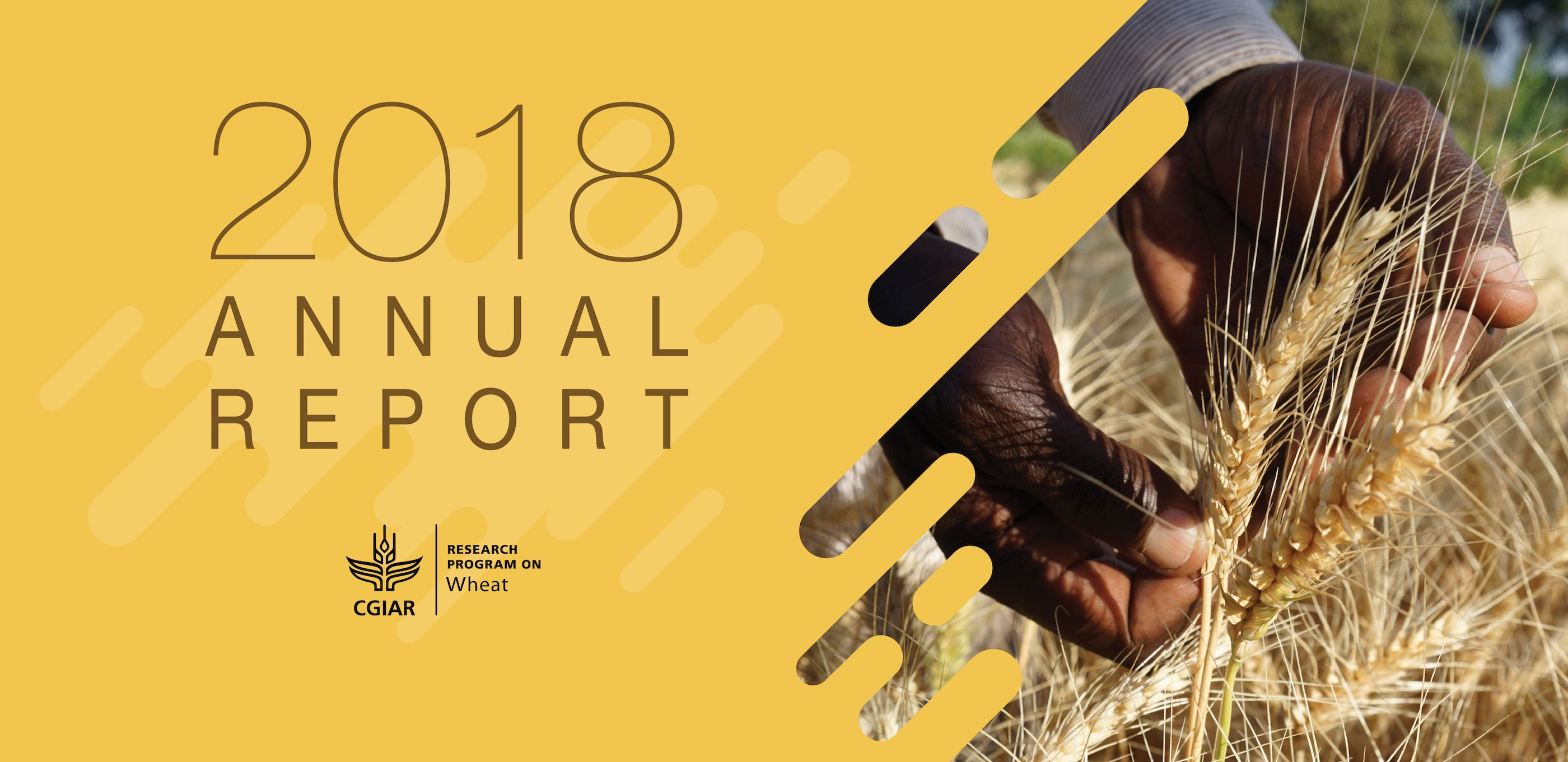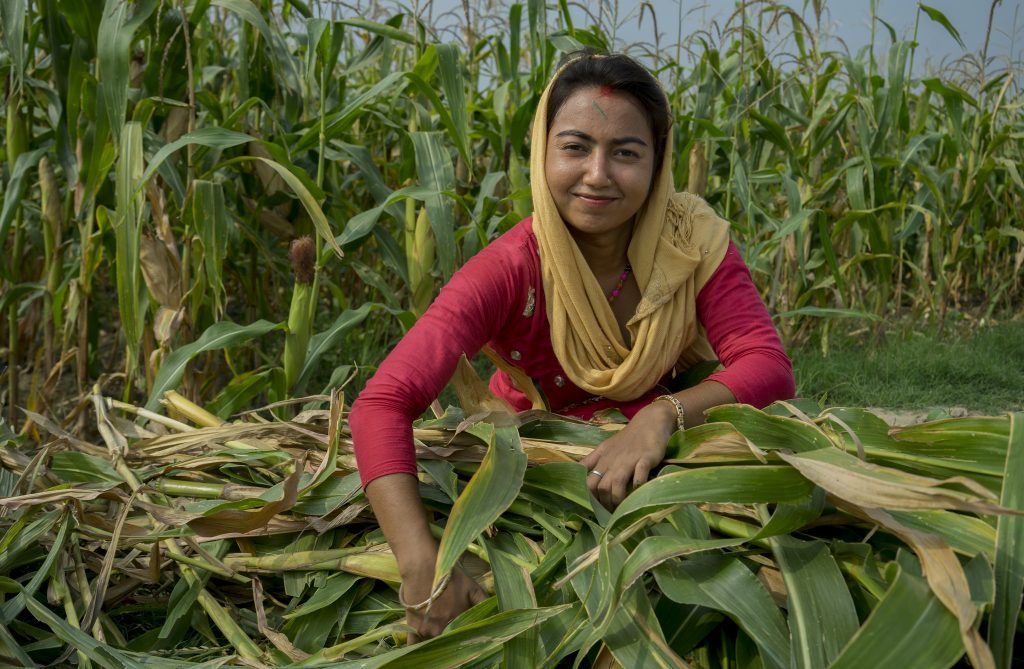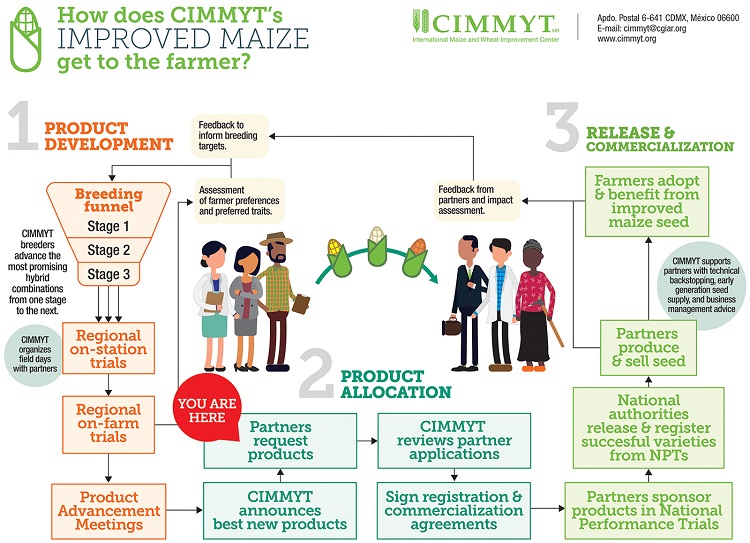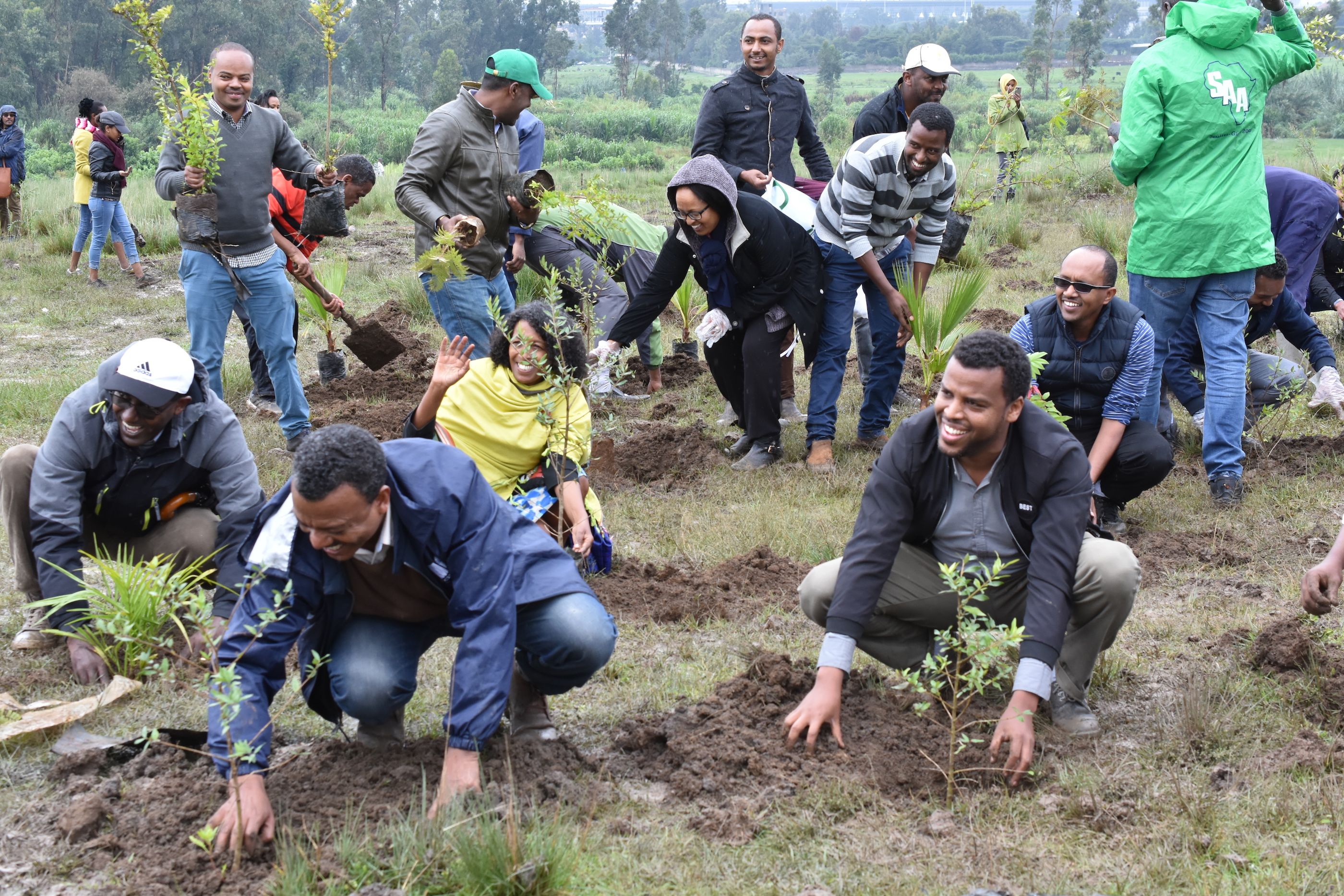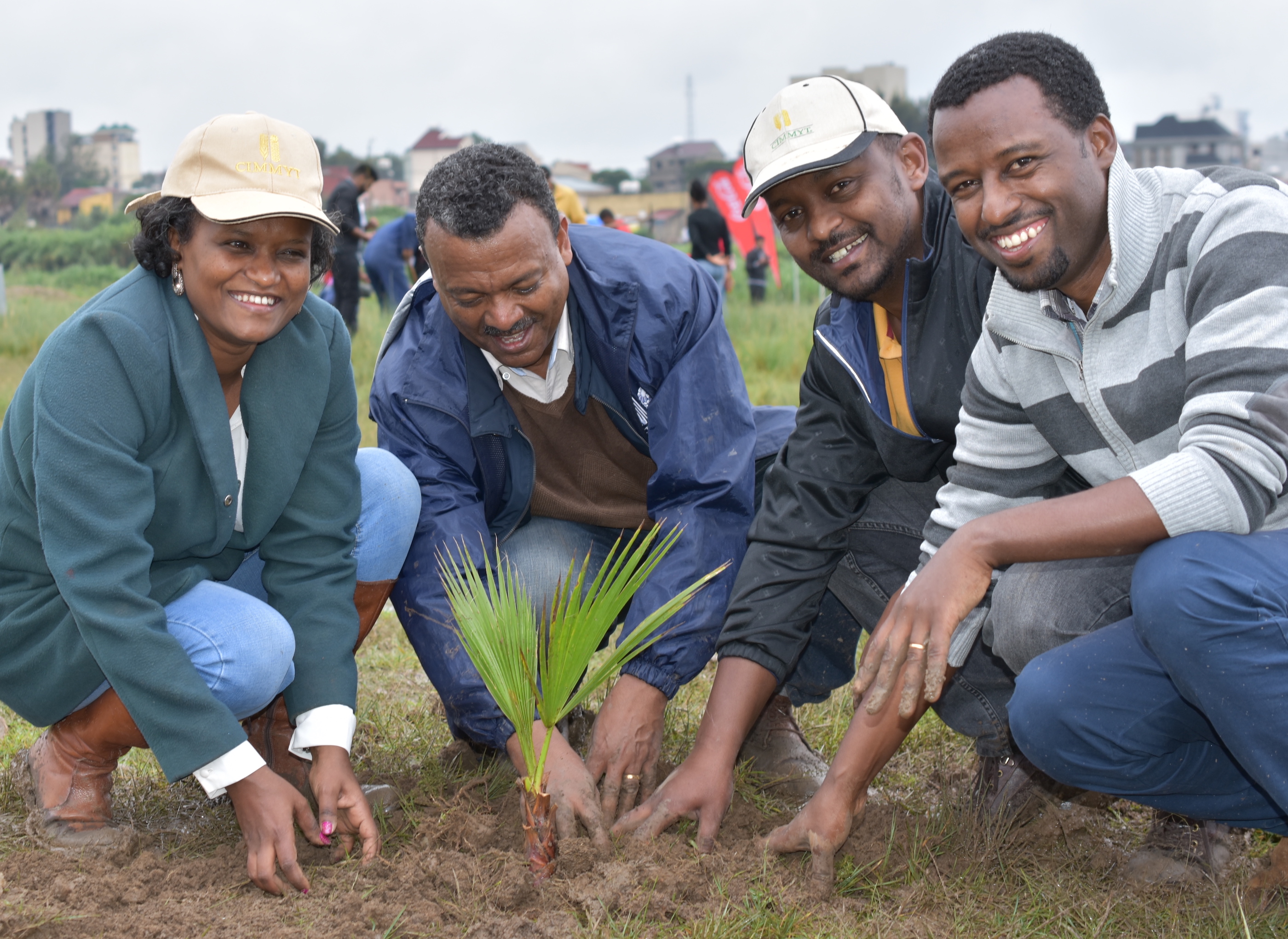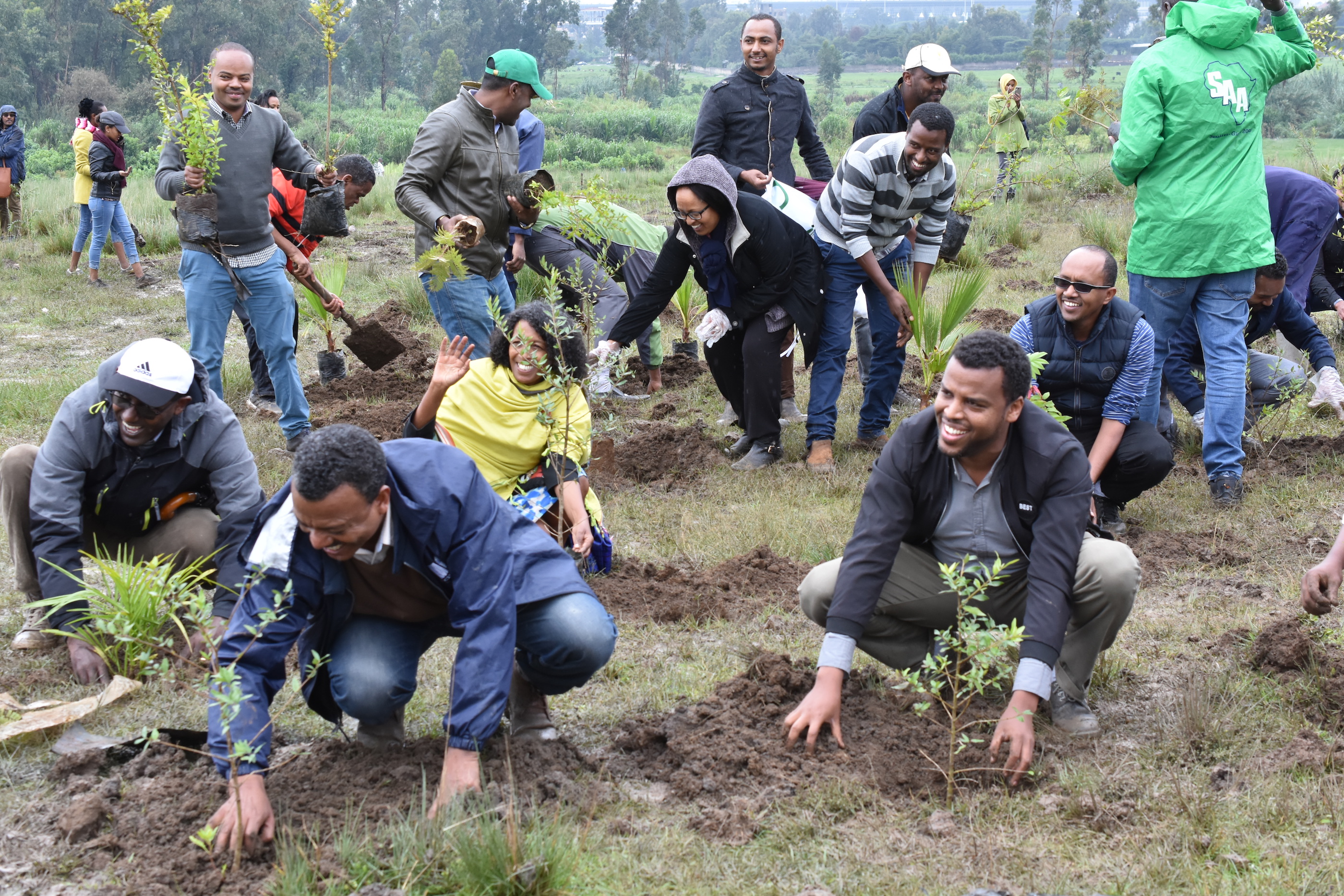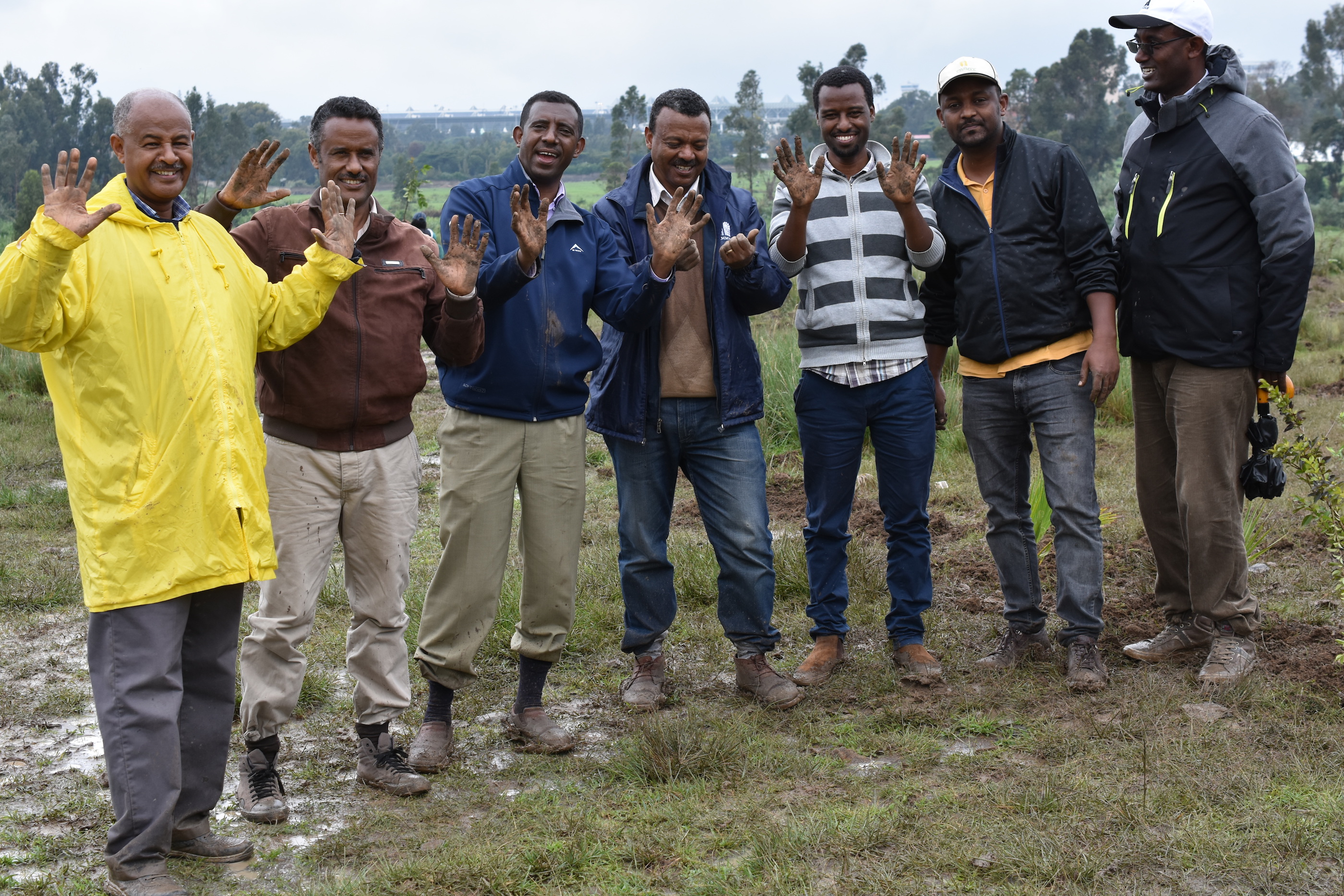New publications: Exploring how women seize control of wheat–maize technologies in Bangladesh
A new study published in the Canadian Journal of Development Studies shows how some of Bangladesh’s indigenous women are overcoming social norms and institutional biases to gain direct access to maize and wheat agricultural innovations through developing women-led agricultural organizations, which benefit low-income Muslim women members as well.
Agriculture is important to Bangladesh’s economy and employs a large percentage of the male and female population as farmers, hired labor, and decision-makers. Bangladesh also has a positive policy commitment to gender equality. The UN Sustainable Development Goals are embedded into the country’s national growth plans, including a strong commitment to Goal 5, Gender Equality, and Goal 10, Reduced Inequalities.
However, this new study shows that agricultural innovation programs are primarily directed at middle-income male farmers. Institutional biases in agricultural partners — extension officers, research organizations, policymakers, private sector partners and others — can hamper indigenous peoples and women from participating in wheat–maize innovation processes, as they rarely meet the requisite criteria: sufficient land and social capital. In addition, their participation in markets varies according to their socioeconomic location in society.
Drawing on GENNOVATE case studies, the authors provide insights into how overlapping layers of disadvantage are being challenged in one community in northern Bangladesh.
Indigenous Santal women in the community are active in agriculture, both in the field and in decision-making, but are often marginalized by agricultural partners. Through mobilizing themselves organizationally into a woman-led agricultural organization, they have provided a forum for the delivery of technical training. This process has encouraged low-income Muslim women — who work in the field but are also marginalized by agricultural partners — to join the organization and benefit from training as well.
The findings provide insights into how agricultural research partners can work to strengthen the contribution and voices of the women who have long experienced differing forms of marginalization and to support their efforts to secure technical training.
The data used in this article is derived from GENNOVATE (Enabling Gender Equality in Agricultural and Environmental Innovation), a global research initiative supported by the Bill & Melinda Gates Foundation. This is a cross-CGIAR initiative examining how interactions between gender norms, agency and other contextual factors shape access to, adoption of and benefits from agricultural innovations in rural communities worldwide.
Read the full paper:
Leaving no one behind: how women seize control of wheat–maize technologies in Bangladesh.
See more recent publications by CIMMYT researchers:
- Efficient curation of genebanks using next generation sequencing reveals substantial duplication of germplasm accessions. 2019. Narinder Singh, Shuangye Wu, Raupp, W.J., Sunish Sehgal, Sanu Arora, Vijay Tiwari, Vikram, P., Sukhwinder-Singh, Chhuneja Parveen, Gill, B.S., Poland, J. In: Nature Scientific reports v. 9, art. 650.
- Soil zinc is associated with serum zinc but not with linear growth of children in Ethiopia. 2019. Tessema, M., De Groote, H., Brouwer, I.D., Feskens, E.J.M., Belachew, T., Zerfu, D., Belay, A., Demelash,Yoseph, Gunaratna, N.S. In: Nutrients v. 11, no. 2, art. 221.
- Assessing adoption potential in a risky environment: the case of perennial pigeonpea. 2019. Grabowski, P., Schmitt Olabisi, L., Jelili Adebiyi, Waldman, K., Richardson, R., Rusinamhodzi, L., Snapp, S.S. In: Agricultural Systems v. 171, p. 89-99.
- Untangling gender differentiated food security gaps in Bhutan: An application of exogenous switching treatment regression. 2019. Aryal, J.P., Mottaleb, K.A., Rahut, D.B. In: Review of Development Economics v. 23, no. 2, p. 782-802.
- Genetic diversity and population structure of synthetic hexaploid-derived wheat (Triticum aestivum L.) accessions. 2019. Gordon, E., Kaviani, M., Kagale, S., Payne, T.S., Navabi, A. In: Genetic Resources and Crop Evolution v. 66, no. 2, p. 335-348.
- Molecular characterisation of maize introgressed inbred lines bred in different environments. 2019. Lennin Musundire, Derera, J., Shorai Dari, Tongoona, P., Cairns, J.E. In: Euphytica v. 215, art. 46.
- A benchmarking between deep learning, support vector machine and bayesian threshold best linear unbiased prediction for predicting ordinal traits in plant breeding. 2019. Montesinos-Lopez, O.A., Martin-Vallejo, J., Crossa, J., Gianola, D., Hernández Suárez, C.M., Montesinos-Lopez, A., Juliana, P., Singh, R.P. In: G3: Genes, Genomes, Genetics v. 9, no. 2, p. 601-618.
- Farmers’ preferences for high-input agriculture supported by site-specific extension services : evidence from a choice experiment in Nigeria. 2019. Oyakhilomen Oyinbo, Chamberlin, J., Vanlauwe, B., Liesbet Vranken, Kamara, A. Y., Craufurd, P., Maertens, M., In: Agricultural Systems v. 173, p. 12-26.
- Effects of three in-field water harvesting technologies on soil water content and maize yields in a semi-arid region of Zimbabwe. 2019. Nyagumbo, I., Nyamadzawo, G., Connie Madembo. In: Agricultural Water Management v. 216 p. 206-213.
- Genomic selection for winter survival ability among a diverse collection of facultative and winter wheat genotypes. 2019. Beil, C. T., Anderson, V.A., Morgounov, A.I., Haley, S. D. In: Molecular Breeding v. 30, art. 29.
- Can minimum tillage enhance productivity? Evidence from smallholder farmers in Kenya. 2019. Jena, P.R. In: Journal of Cleaner Production v. 218, p. 465-475.
- 12. Sub-surface drip fertigation with conservation agriculture in a rice-wheat system : a breakthrough for addressing water and nitrogen use efficiency. 2019. Sidhu, H.S., Jat, M.L., Singh, Y., Ravneet Kaur Sidhu, Gupta, N., Singh, P., Pankaj Singh, Jat, H.S., Gerard, B. In: Agricultural Water Management v. 216, p. 273-283.
- Genetic dissection of heat and drought stress QTLs in phenology-controlled synthetic-derived recombinant inbred lines in spring wheat. 2019. Caiyun Lu, Sukumaran, S., Claverie, E., Sansaloni, C.P., Dreisigacker, S., Reynolds, M.P. In: Molecular Breeding v. 39, art. 34.
- Genetic analysis of cob resistance to F. verticillioides: another step towards the protection of maize from ear rot. 2019. Cong Mu, Jingyang Gao, Zijian Zhou, Zhao Wang, Xiaodong Sun, Zhang, X, Huafang Dong, Yanan Han, Xiaopeng Li, Yabin Wu, Yunxia Song, Peipei Ma, Chaopei Dong, Jiafa Chen, Jianyu Wu. In: Theoretical and Applied Genetics v. 132, no. 4, p. 1049-1059.
- Two large-effect QTLs, Ma and Ma3, determine genetic potential for acidity in apple fruit : breeding insights from a multi-family study. 2019. Verma, S., Evans, K., Guan, Y., Luby, J.J., Rosyara, U., Howard, N.P., Bassil, N.V., van de Weg, W.E., Peace, C.P. In: Tree Genetics and Genomes v. 15, no. 2, art. 18.
- Yielding to the image: how phenotyping reproductive growth can assist crop improvement and production. 2019. Dreccer, M.F., Molero, G., Rivera Amado, A.C., Carus John-Bejai, Wilson Zoe. In: Plant Science v. 282, p. 73-82.
- Development of multiple SNP marker panels affordable to breeders through genotyping by target sequencing (GBTS) in maize. 2019. Zifeng Guo, Hongwu Wang, Jiajun Tao, Yonghong Ren, Cheng Xu, Kunsheng Wu, Cheng Zou, Jianan Zhang, Yunbi Xu. In: Molecular Breeding v. 39, art. 37.
- Agriculturally productive yet biodiverse: human benefits and conservation values along a forest-agriculture gradient in Southern Ethiopia. 2019. Baudron, F., Schultner, J., Duriaux, J., Gergel, S., Sunderland, T. In: Landscape Ecology v. 34, no. 2, p. 341–356.
- Trends in regional and chronological diversity of maize (zea mays l.) germplasm in Pakistan. 2019. Maqbool, M.A.| Aslam, M. | Issa, A.B. | Babar Manzoor Atta. In: Pakistan Journal of Botany v. 51, no. 2, p. 1-13.
- Do metabolic changes underpin physiological responses to water limitation in alfalfa (Medicago sativa) plants during a regrowth period? 2019. Molero, G., Tcherkez, G., Roca, R., Mauve, C., Cabrera-Bosquet, L., Araus, J.L., Nogués, S., Aranjuelo, I. In: Agricultural Water Management v. 212, p. 1-11.
